Harpers Ferry Historic District: Washington Street & Park Row
Introduction
Text-to-speech Audio
Structures included in the Harpers Ferry Historic District are: 231 Washington Street, 240 Washington Street, 344 Washington Street, 378 Washington Street, 388 Washington Street, 400 Washington Street, 420 Washington Street, 437 Washington Street, 450 Washington Street, 460 Washington Street, 470 Washington Street, 480 Washington Street, 490 Washington Street, c. 495 Washington Street, 500 Washington Street, 501 Washington Street, c. 501 Washington Street (The Public Square), 501 Park Row, 523 Park Row, 549 Park Row, 565 Park Row, 595 Park Row, 580 Washington Street, 594 Washington Street, 600 Washington Street, 601 Washington Street, 600 Washington Street, 645 Washington Street (Camp Hill Methodist Church), 660 Washington Street, 690 Washington Street, 691 Washington Street, 700 Washington Street, 701 Washington Street, 740 Washington Street, 769 Washington Street, 780 Washington Street, 800 Washington Street, 814 Washington Street, 828 Washington Street, 867 Washington Street, 856 Washington Street, 884 Washington Street, 887 Washington Street, 898 Washington Street (Saint John’s Episcopal Church), 160 Taylor Street, 899 Washington Street, 900 Washington Street, 915 Washington Street, 929 Washington Street, 940 Washington Street (St. John’s Lutheran Church), 943 Washington Street, c. 959 Washington Street, 960 Washington Street, 970 Washington Street, 1010 Washington Street (Union Square on Camp Hill).
Images
240 Washington Street (#160)
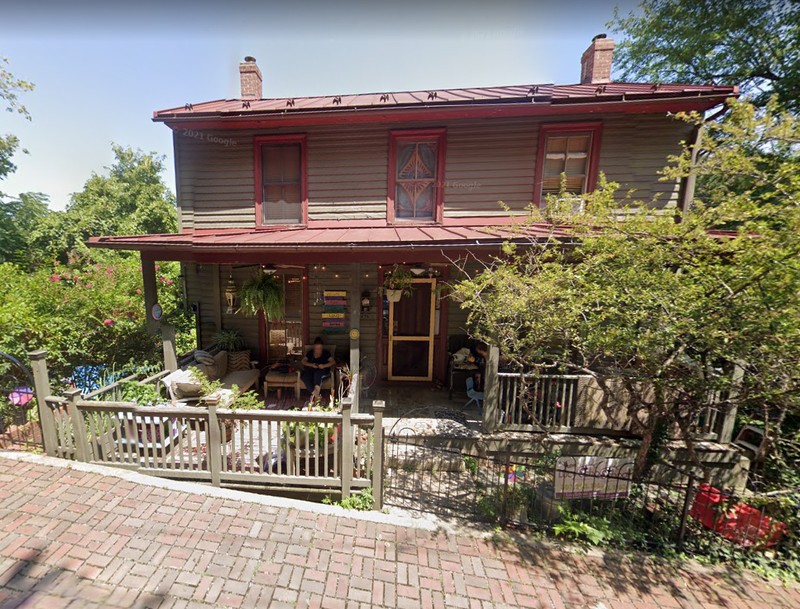
344 Washington Street (163)

378 Washington Street (#164)
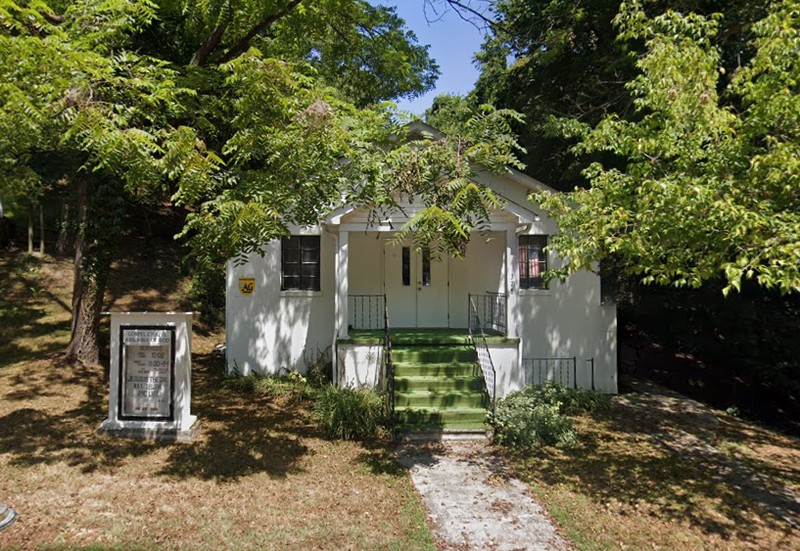
388 Washington Street (#166)
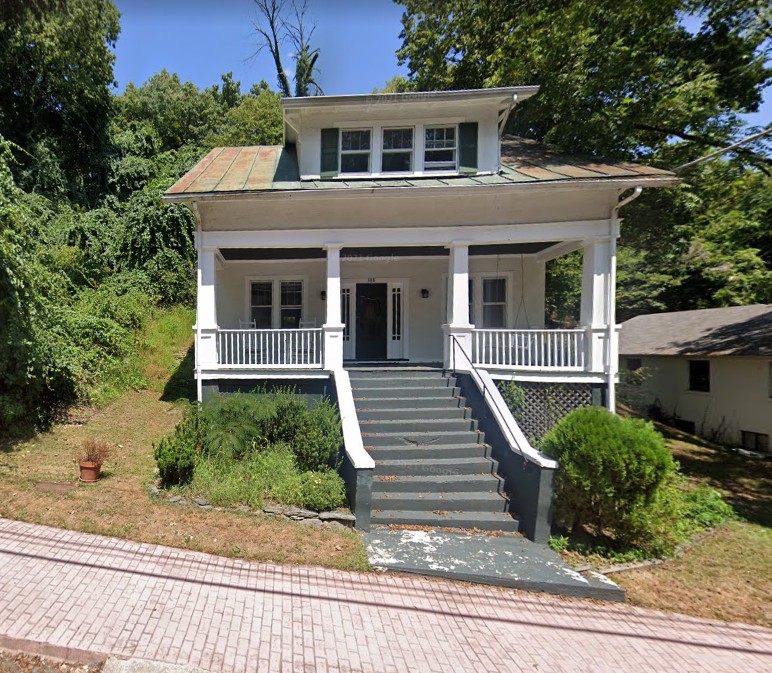
400 Washington Street (#167)

420 Washington Street (#168)
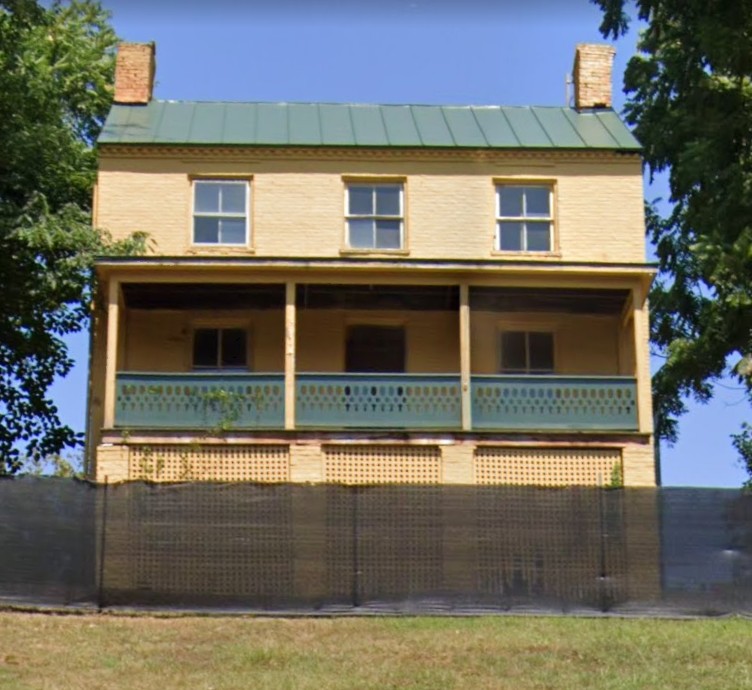
437 Washington Street (#169)
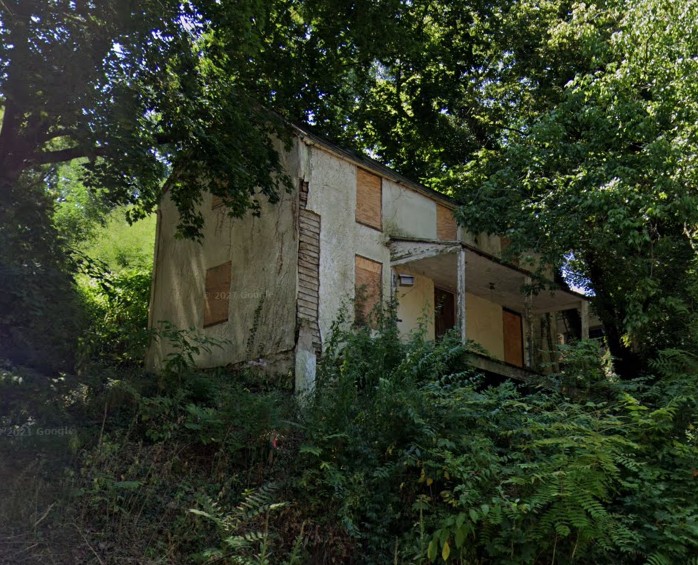
450 Washington Street (#170)
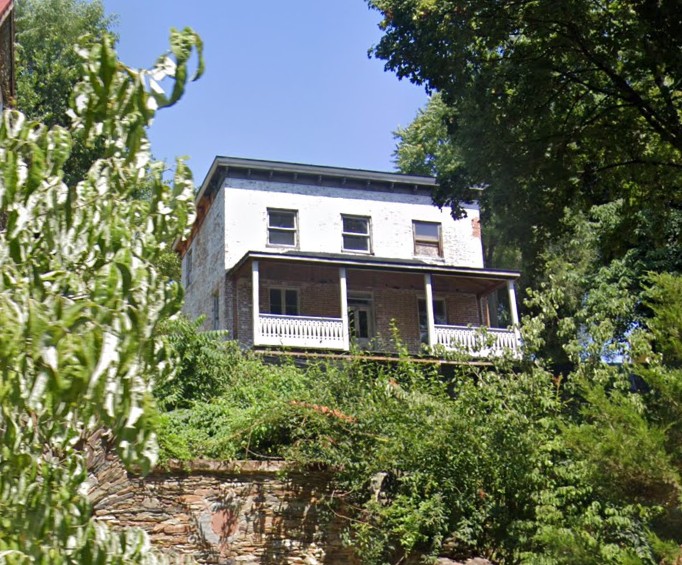
460 Washington Street (#171)

470 Washington Street (#172)
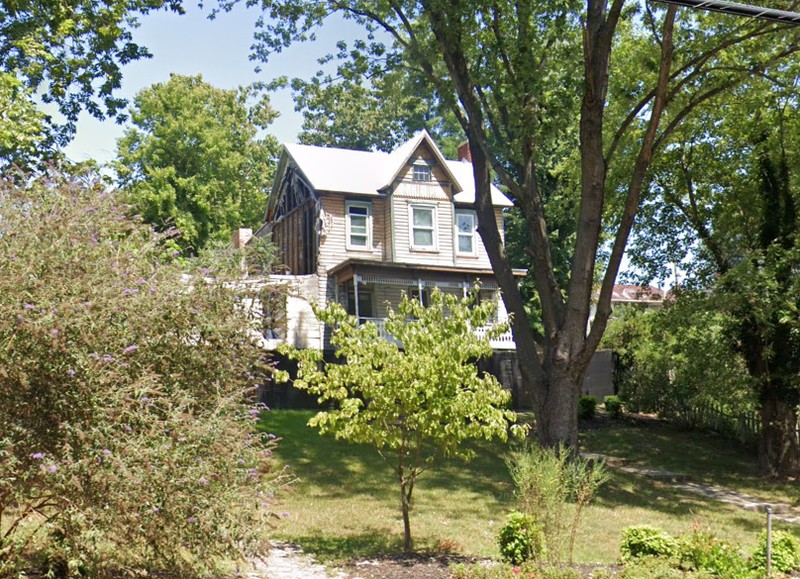
480 Washington Street (#173) appears to no longer stand
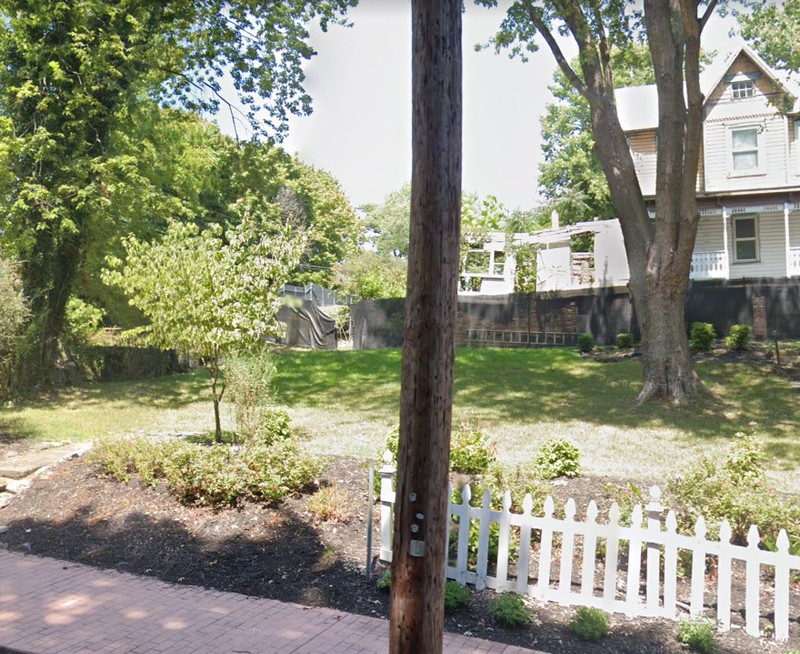
490 Washington Street (#174)
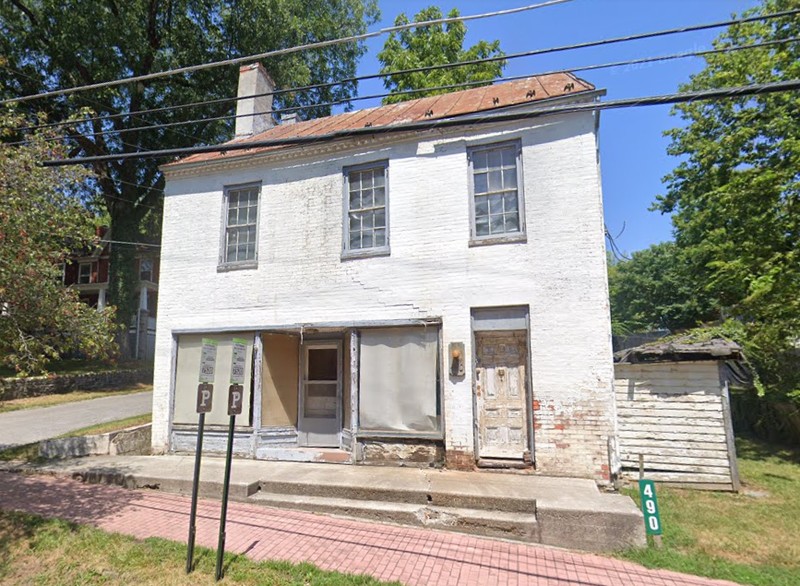
c. 495 Washington Street (#176)
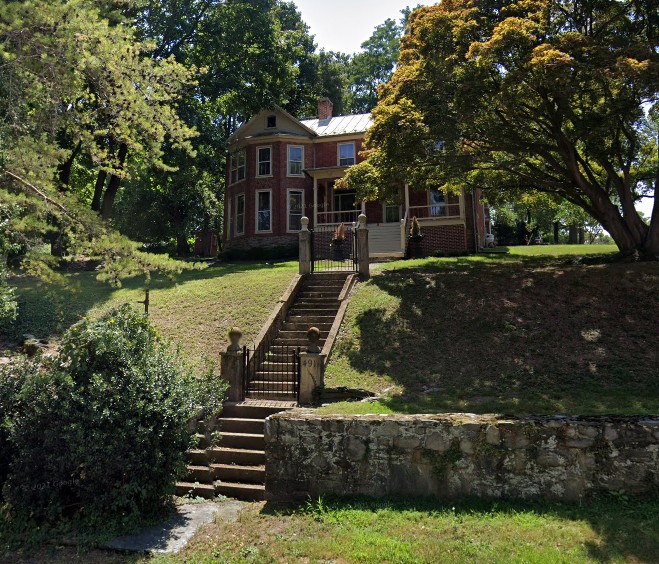
500 Washington Street (#177)
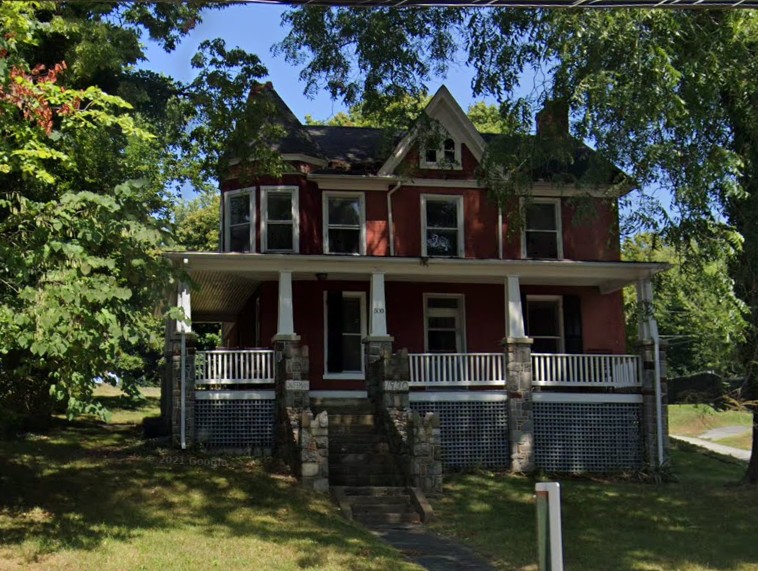
540 (501?) Washington Street (#178)
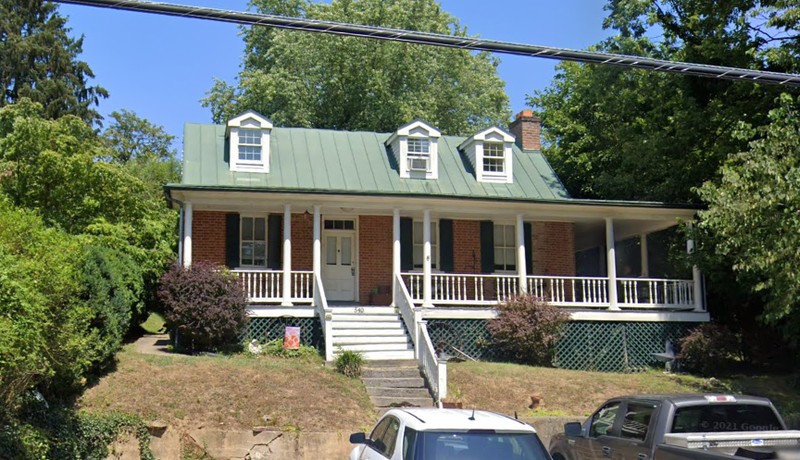
Public Square (#179)
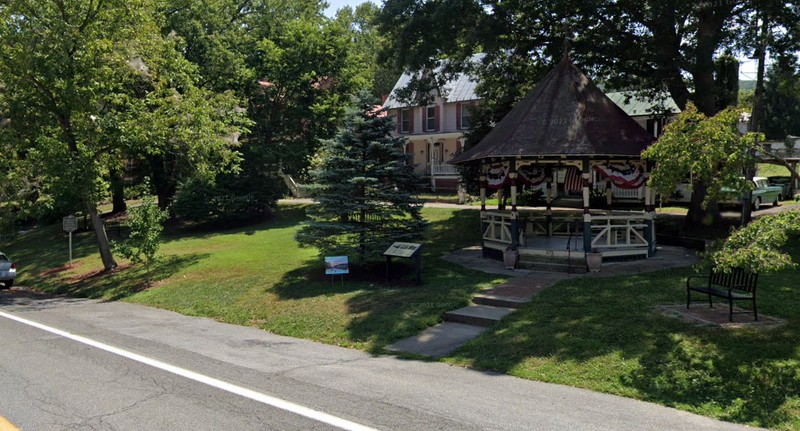
501 Park Row (#81)
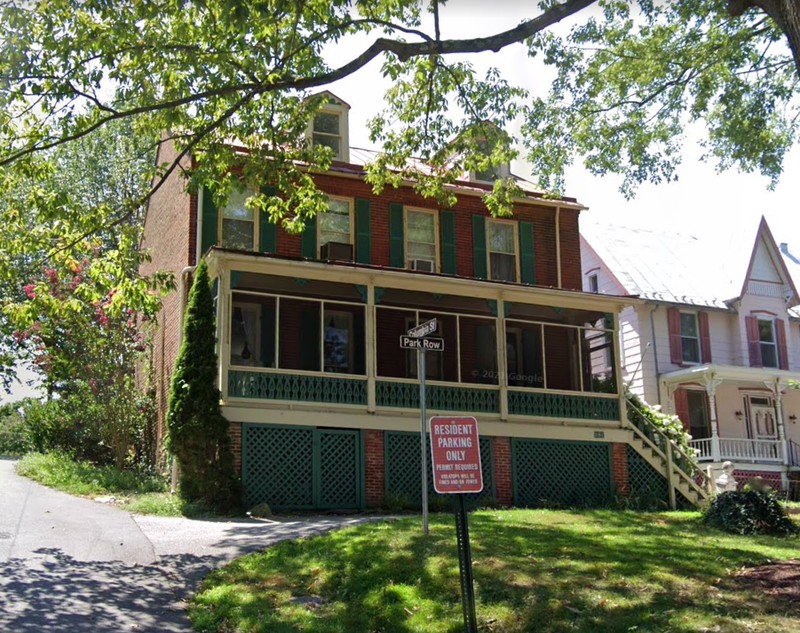
523 Park Row (#82)
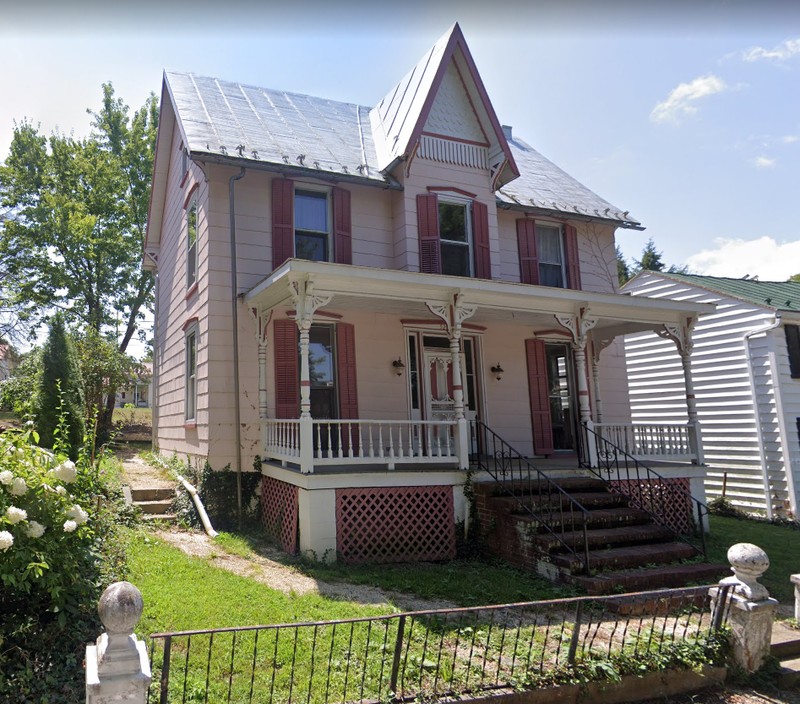
549 Park Row (#83)
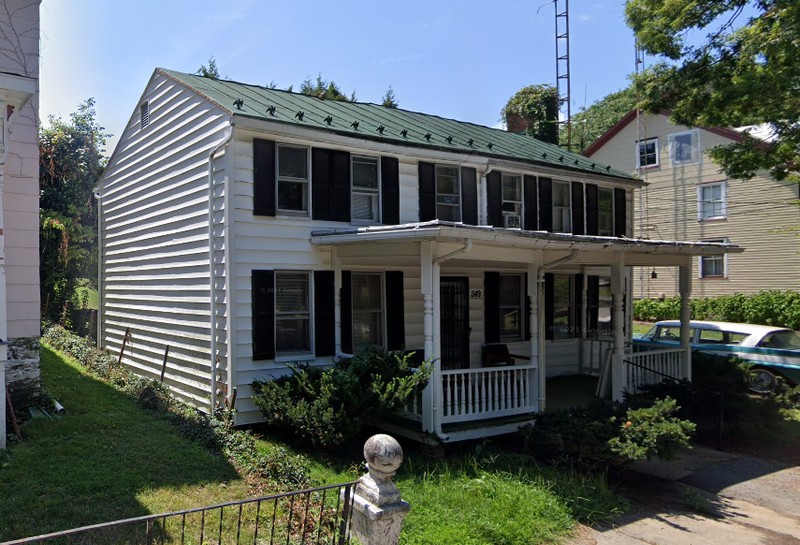
565 Park Row (#84)
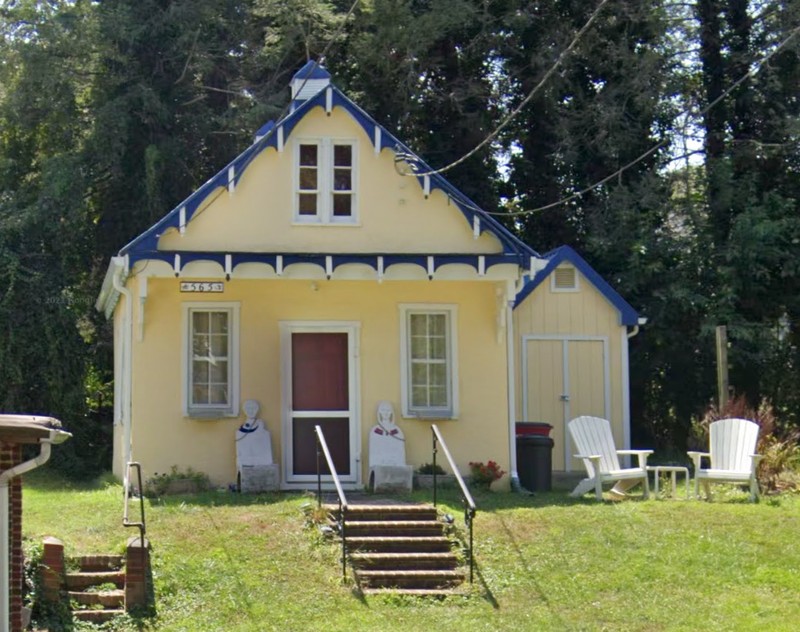
595 Park Row (#85)
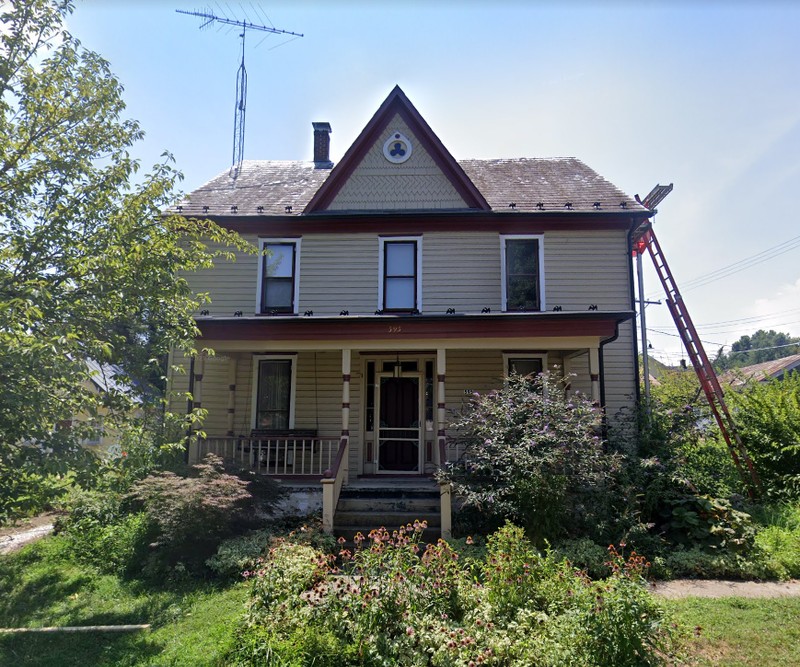
580 Washington Street (#180)
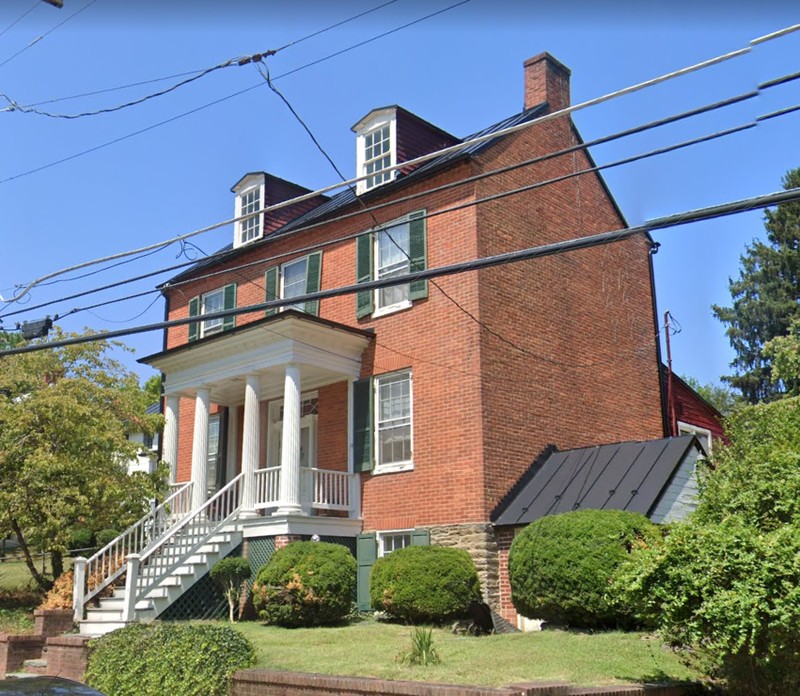
594 Washington Street (#181)
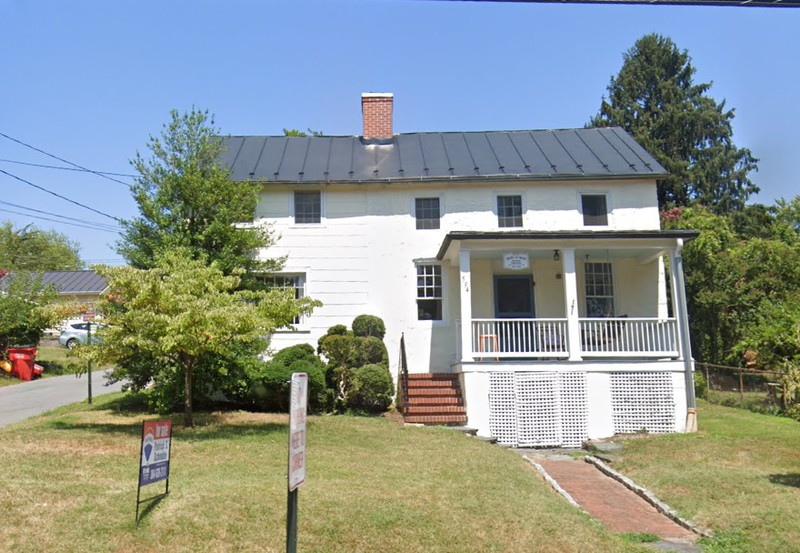
600 Washington Street (#182)
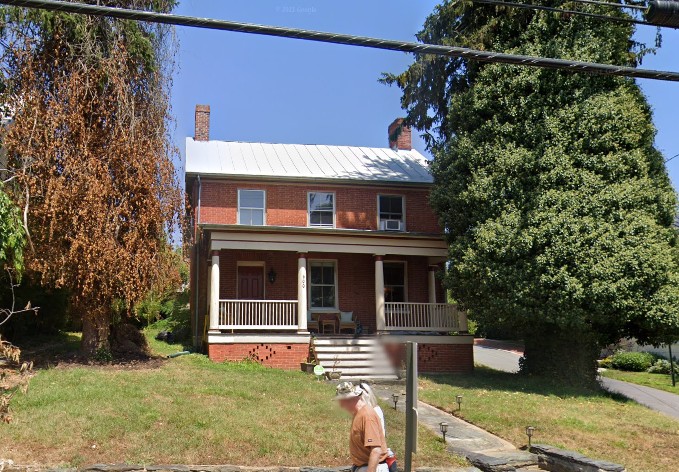
601 Washington Street (#183)
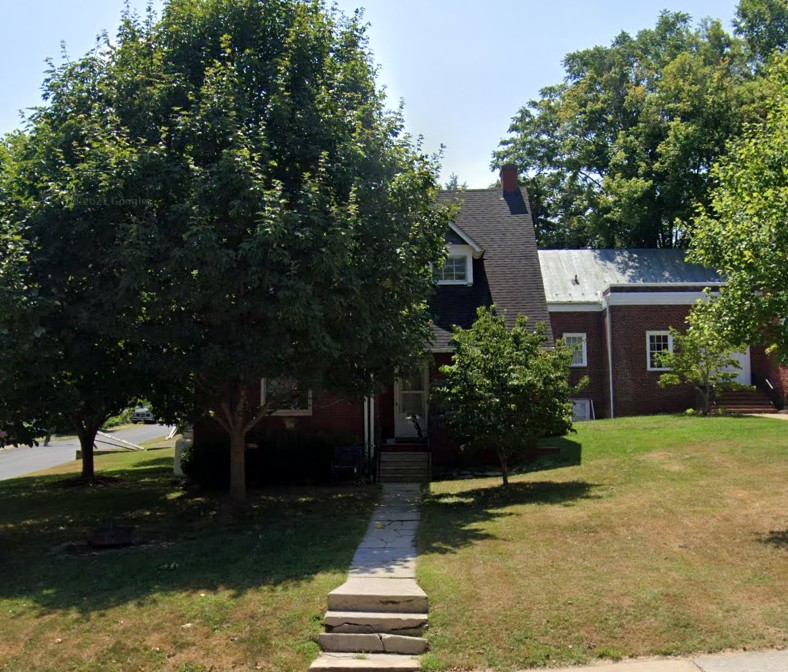
630 Washington Street (#184)
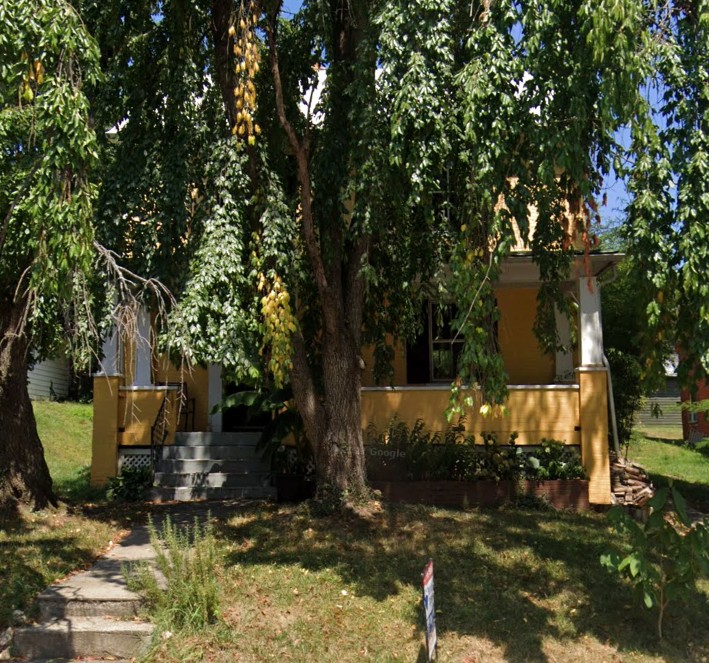
Camp Hill Methodist Church (#185)
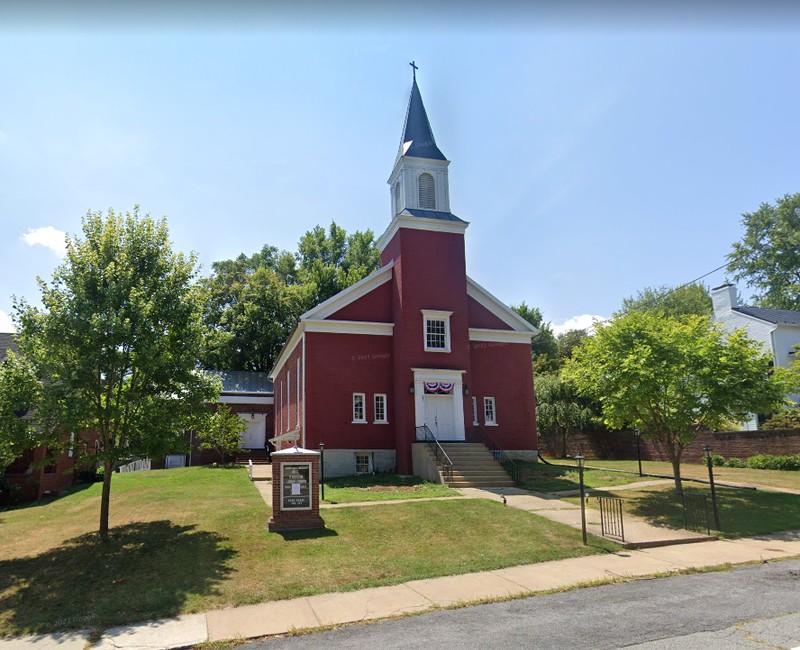
660 Washington Street (#186)
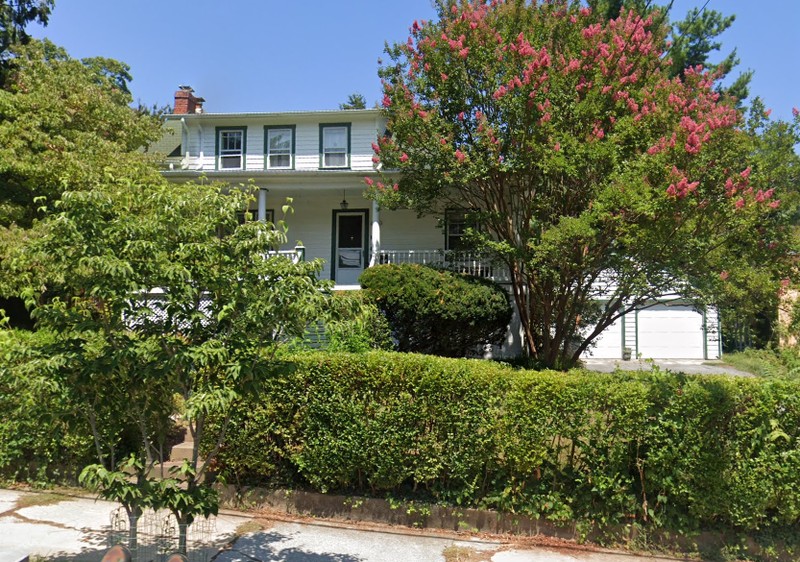
690 Washington Street (#187)
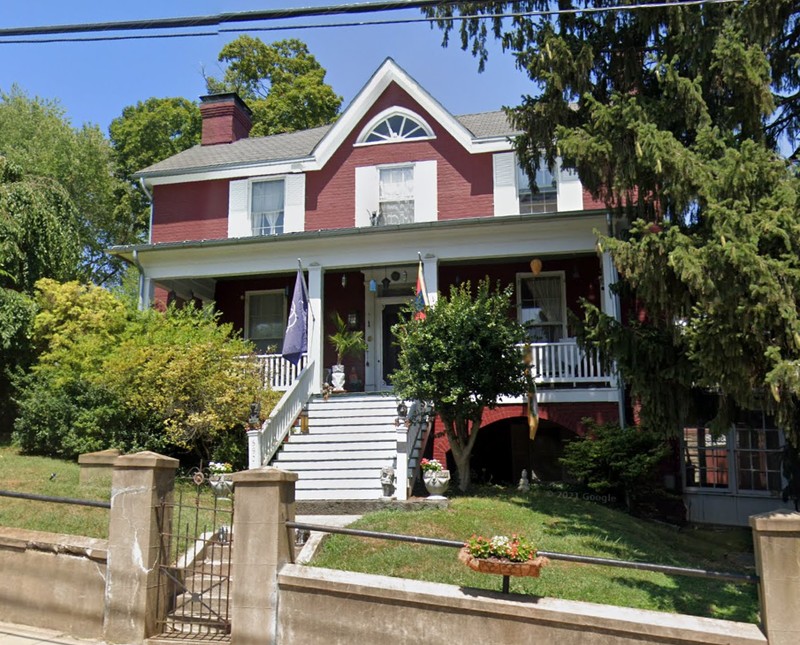
691 Washington Street (#188)
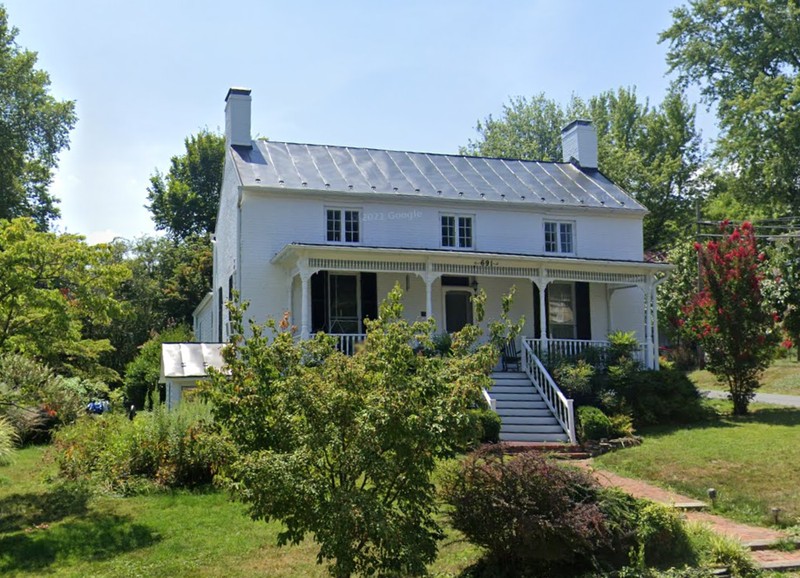
700 Washington Street (#189)

701 Washington Street (#190)

740 Washington Street (#191)
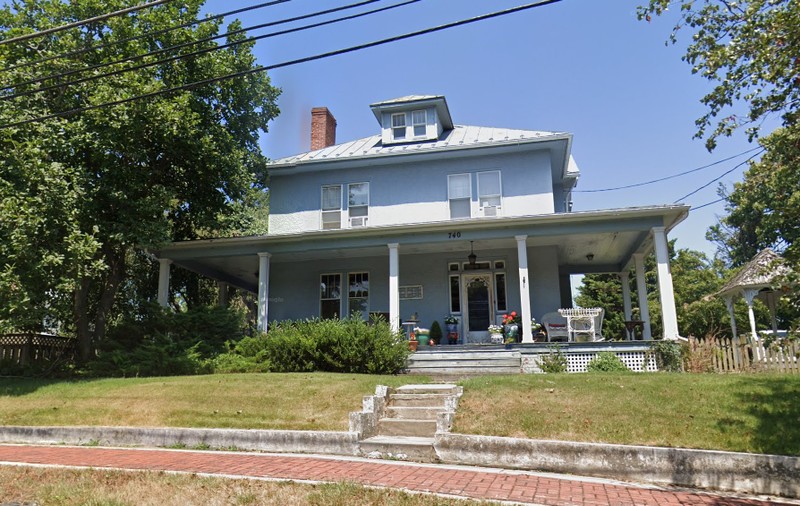
769 Washington Street (#192)
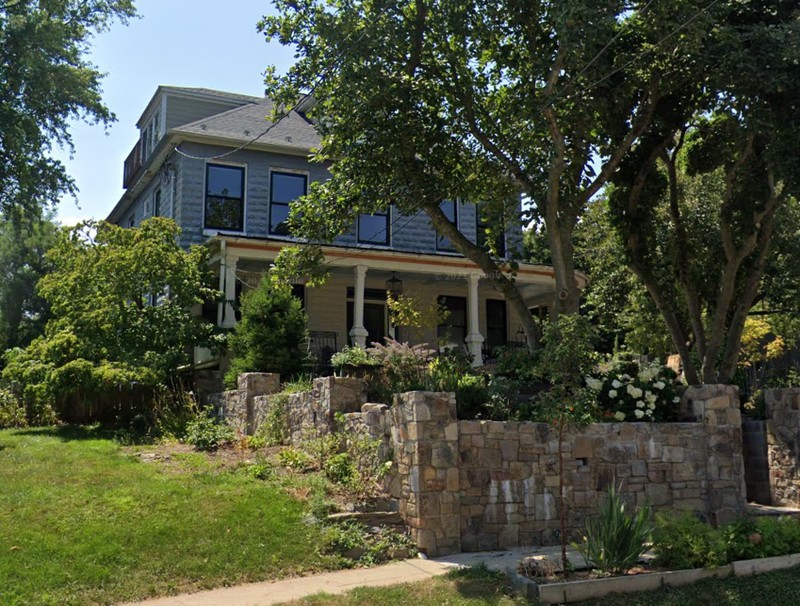
780 Washington Street (#193)
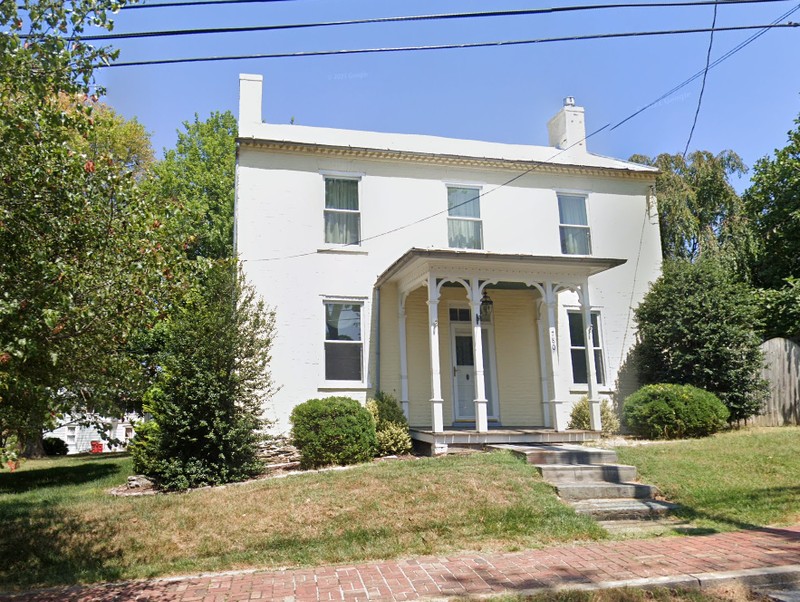
800 Washington Street (#194)

814 Washington Street (#195)

828 Washington Street (#196)

867 Washington Street (#197)
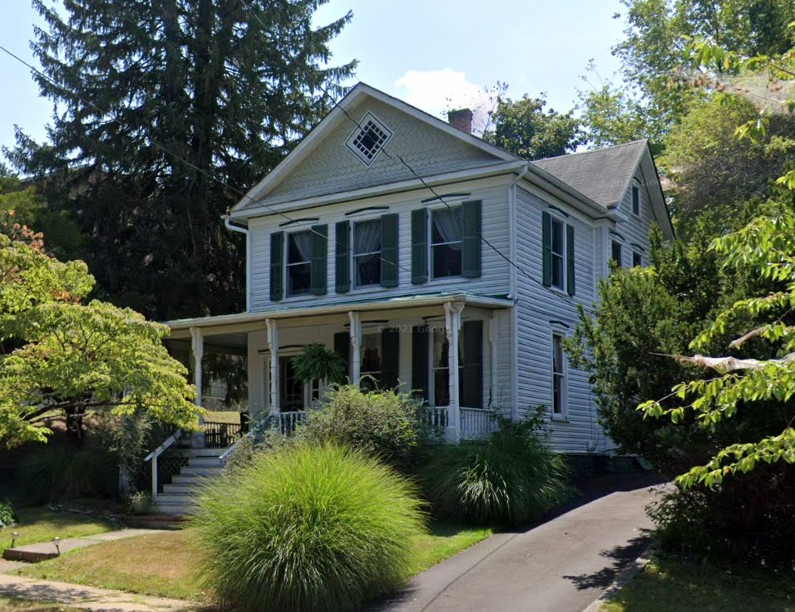
856 Washington Street (#198)
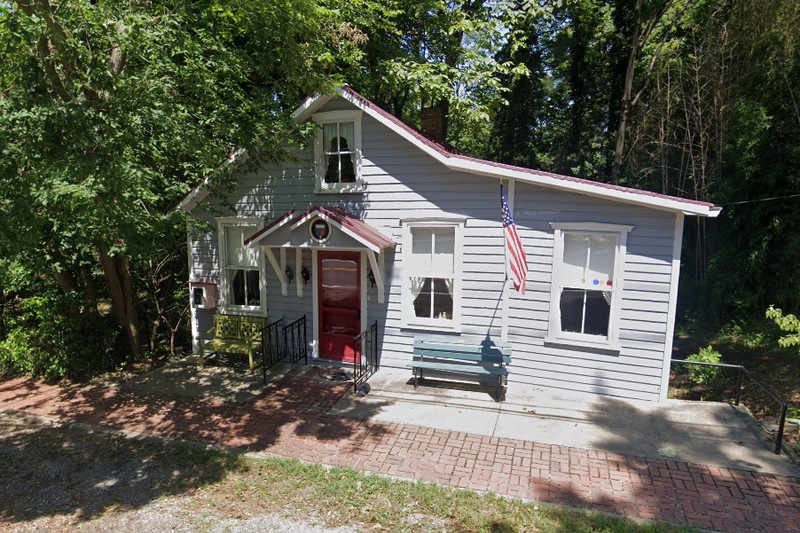
884 Washington Street (#199)
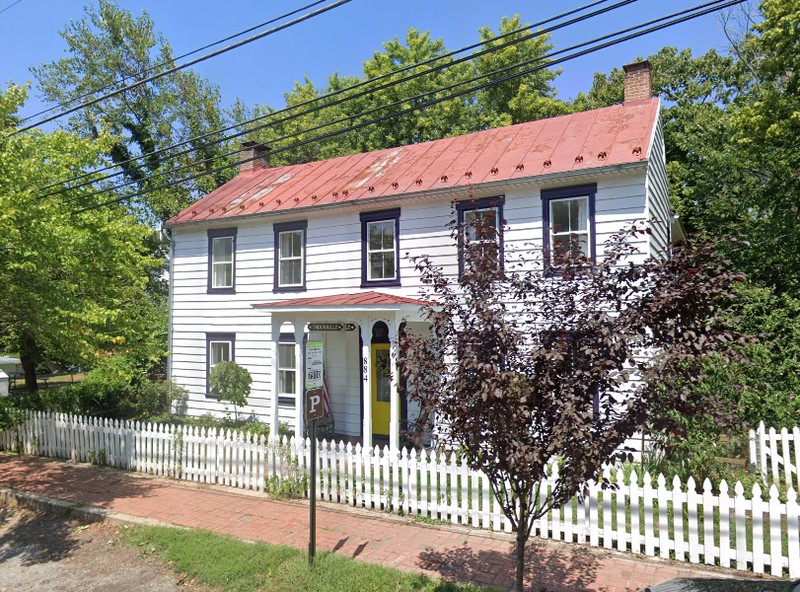
887 Washington Street (#200)
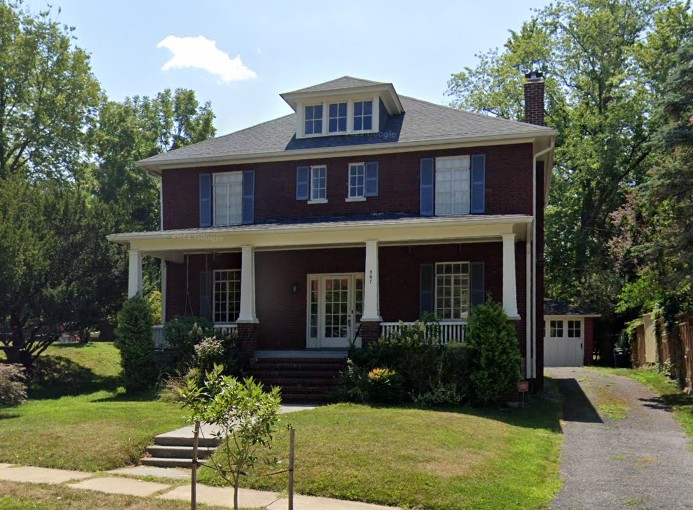
Saint John's Episcopal Church (#201)
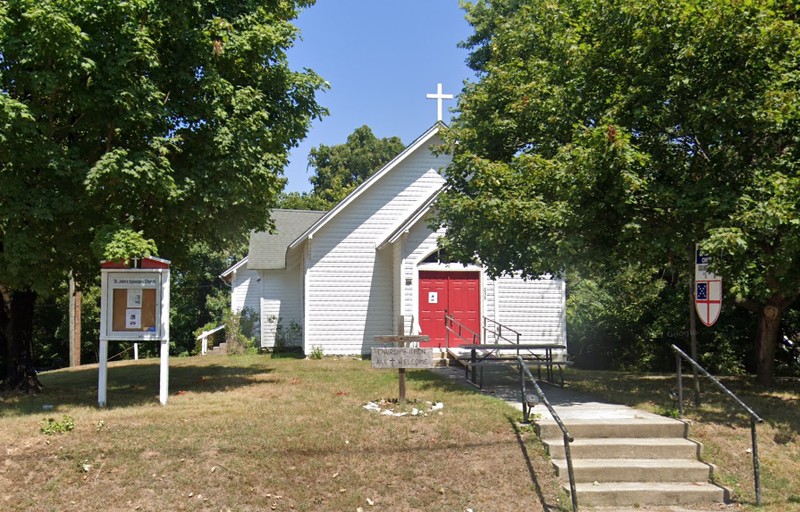
899 Washington Street (#202)
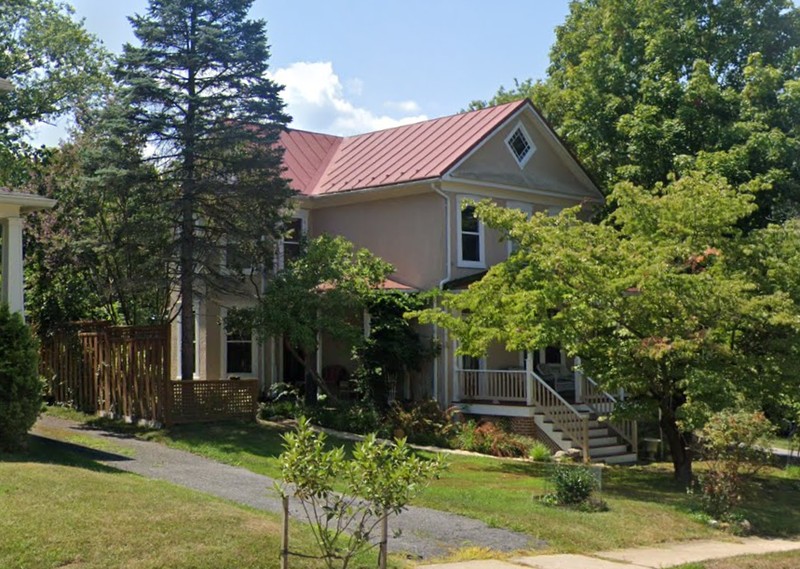
160 Taylor Street (#157)
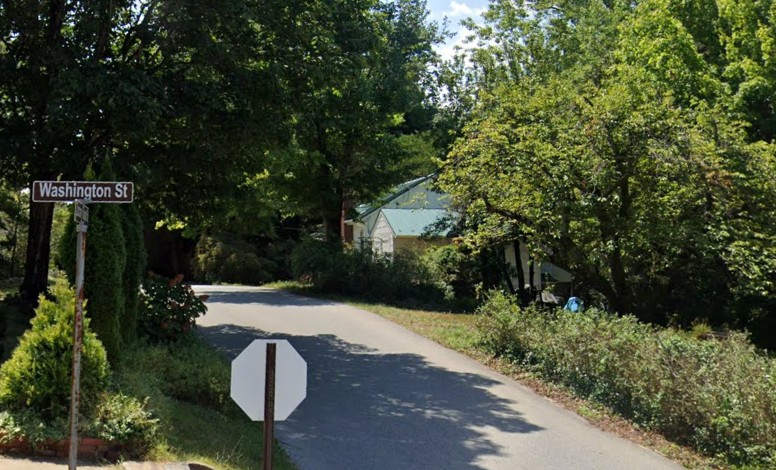
900 Washington Street (#203)
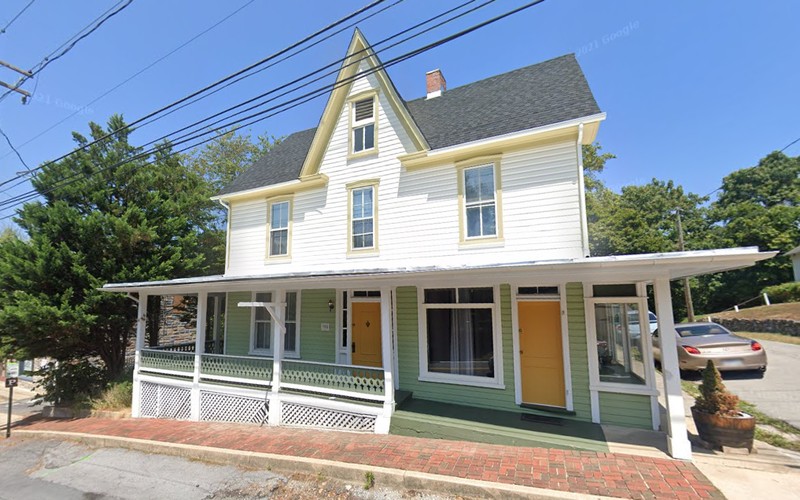
915 Washington Street (#205)
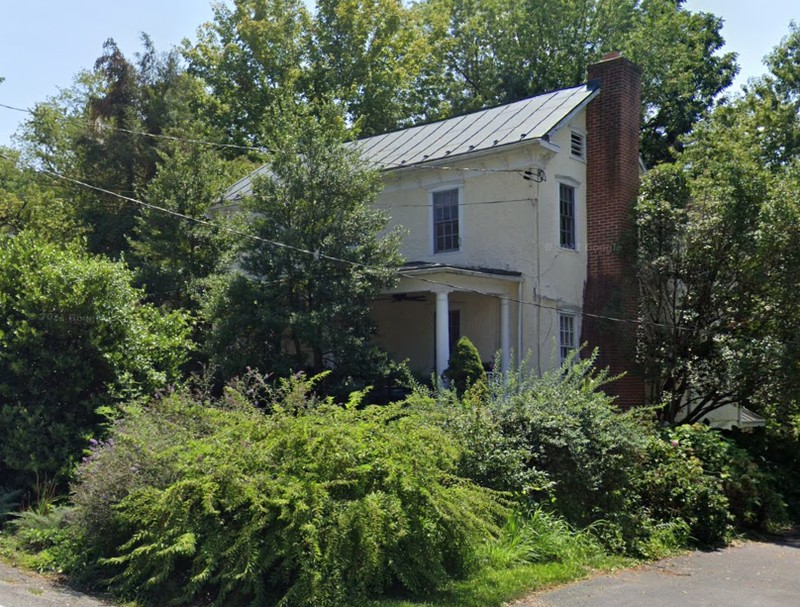
929 Washington Street (#206)
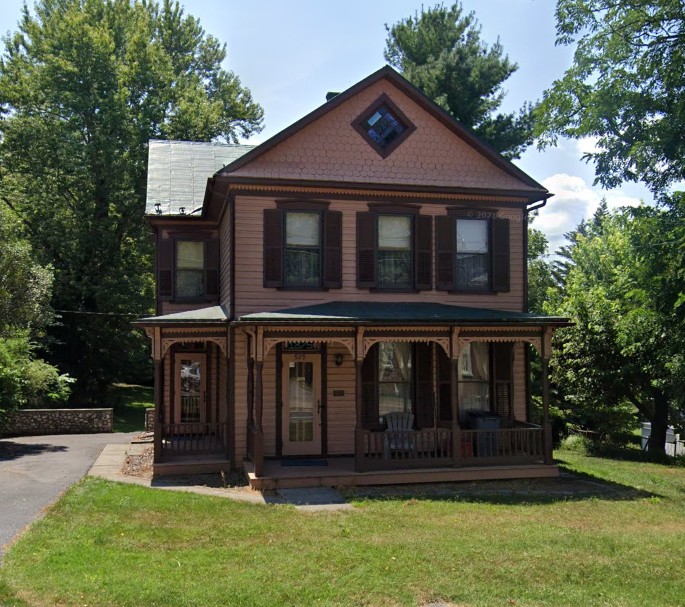
St. John's Lutheran Church (#207)
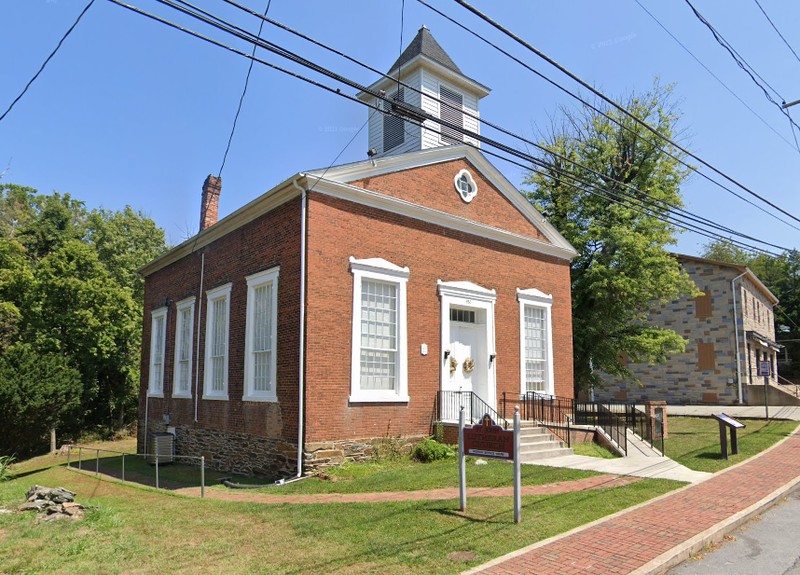
943 Washington Street (#208)
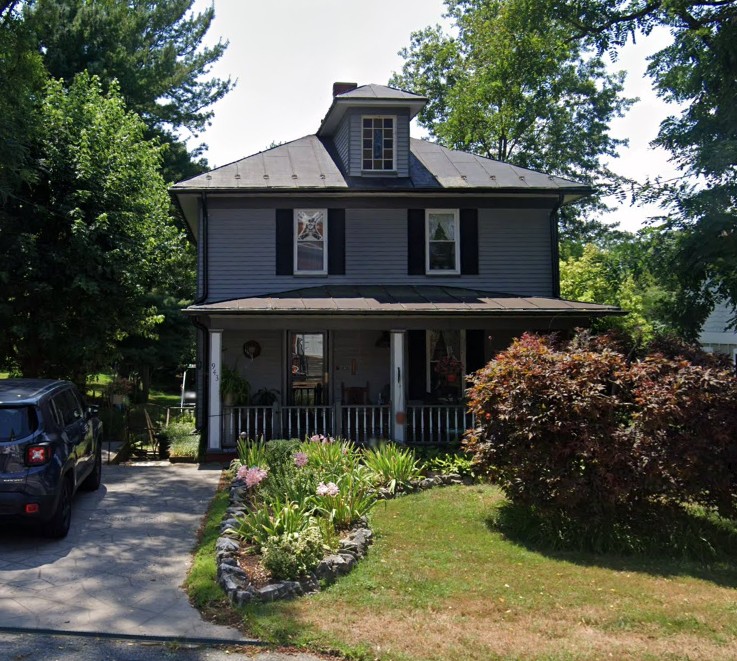
c. 959 Washington Street (#210)
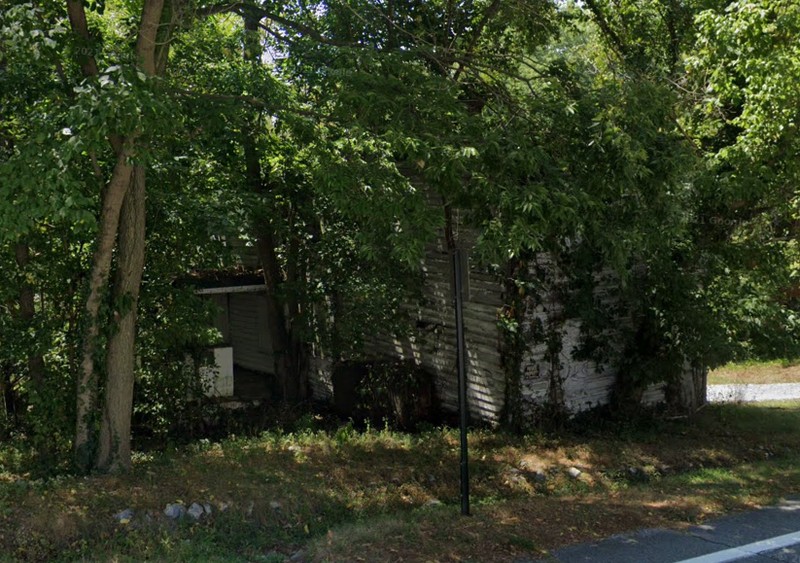
960 Washington Street (#211)
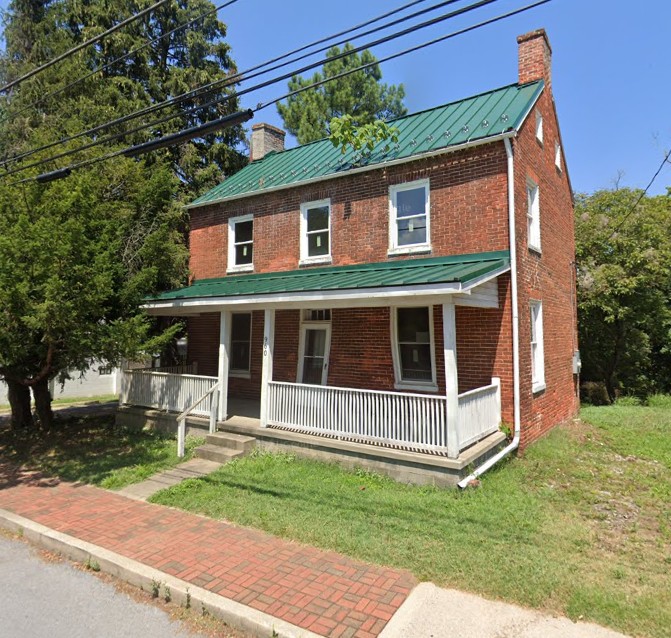
970 Washington Street (#212)
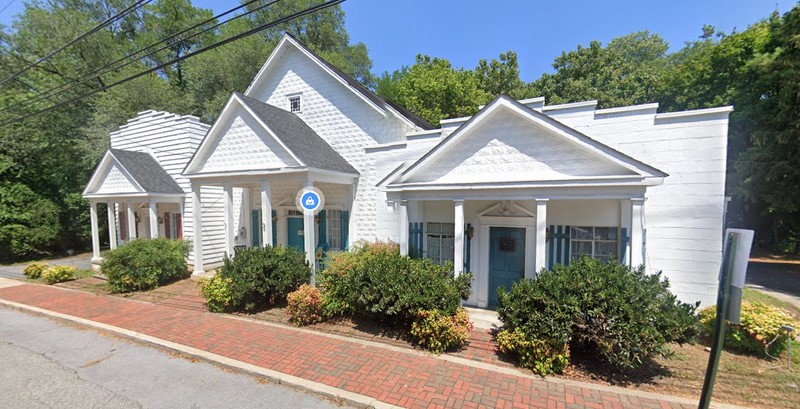
Town Hall -- Union Square (#213)
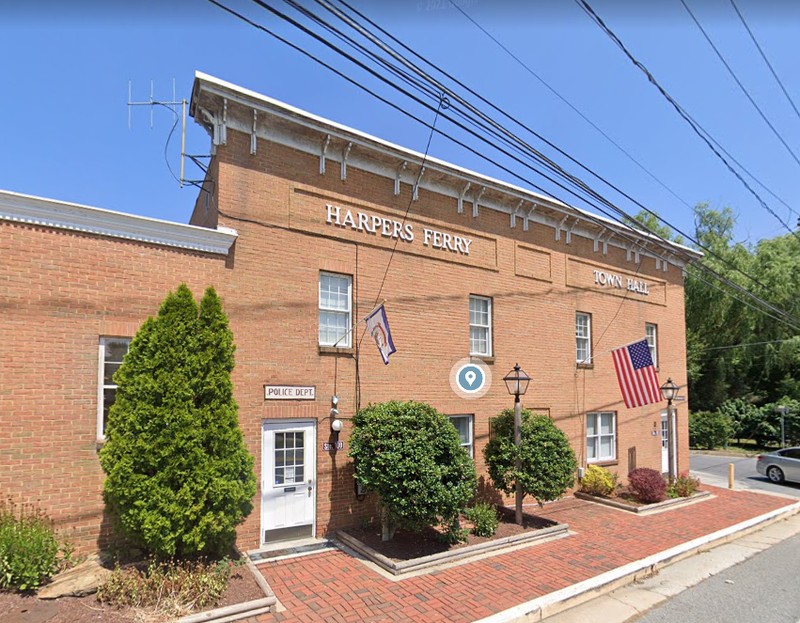
Post Office -- Union Square (#213)
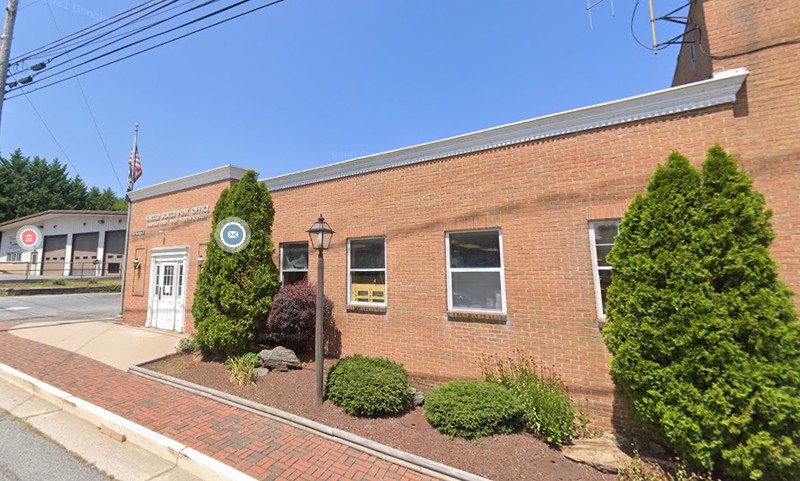
Plot map from 1979 National Register Nomination
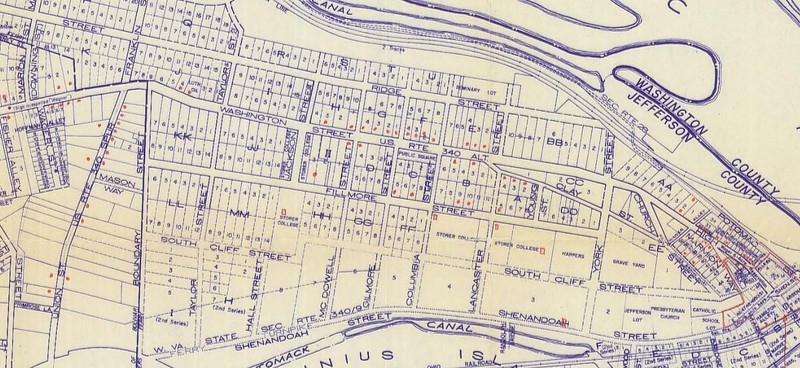
Plot map from 2009 Additional Documentation
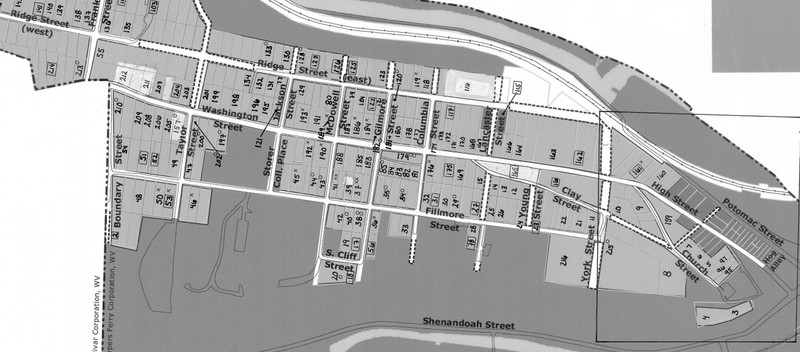
Backstory and Context
Text-to-speech Audio
----Washington Street----
159. 231 Washington Street
Highland Terrace. Gothic Revival house. Wood siding, slate roof, rubblestone foundation. Two and a half stories, multiple bays. Irregularly shaped slate gable roof has snowbirds and two chimneys. Seven gables that are each ornately decorated with spindled verge boards. Most windows have some stained glass. 13/1 double hung sash Gothic windows; Ionic columns support the second floor above the gallery. Stained glass fills the transom lights. Ornate Ionic porch supports replace the originals. Gingerbread trim, crenellated ridgepoles, patterned rubblestone foundation. Rear extension has a gable end roof that parallels the main house. The house has been altered and added to over several generations. The changes have become part of the house’s historic fabric. One child’s playhouse. This was the residence of George Bready who came to Harpers Ferry in 1884 to become part-owner and superintendent of Savery and Company, a mill operation on Virginius Island. It is Harpers Ferry’s most architecturally intricate Victorian era building. 1885. One contributing building.
Description from 1979 National Register Nomination: The Terrace – Bready House on Methodist Episcopal Church Lot: “Situated on the north side of Clay Street, just west of the Wager tract stands the house built by George R. Bready in 1885 in the Queen Anne style. This house has never been architecturally or structurally altered.”
160. 240 Washington Street
I-house. Beveled German siding, metal roof, rubblestone foundation. Two and a half stories, three front bays. Gable end metal roof adorned with snow birds meets flush chimneys. Ranked bays with 2/2 double hung sash windows, wooden surrounds and peaked lintels. Working shutters. Center hall features sidelights and transom. Covered front porch has turned wooden support posts that are linked by turned spindle railing. Rear porch sheltered by a shed roof. A third porch shelters the side basement entry. This house was restored after 1983, and has regained its architectural integrity. Circa 1860. One contributing building.
163. 344 Washington Street
I-house. Wood exterior, metal roof, rubblestone foundation. Two and a half stories, three front bays. Steep end gable metal roof features an unwalled central gable and snowbirds. Gable end brick interior chimneys. Ranked bays contain 1/1 and 2/2 double hung windows with working shutters. Wood trim and peaked lintels emphasize the windows. Central gable projects from the façade with bracketed eaves, projecting verges and shingle ornamentation. Heavy wooden porch supports are joined by a millwork railing. Front porch wraps to the left. Two story extension projects from the rear. Dan Nicholas, architect. Original owner was James Shewbridge. 1893. One contributing building.
Description from 1979 National Register Nomination: Block BB, Lots 1, 3, 2 (Lots 1 and 3 are gardens): “This is a two story frame house built in 1893 by James L. Shewbridge. Area on which the house is situated is called Magazine Hill.”
164. 378 Washington Street
Assembly of God Church. Minimal Traditional building features a side chimney stucco exterior, asphalt shingle roof, and stucco foundation. Low pitched gable front roof presents a façade with three bays: a center double entry flanked by eight-light casement windows. The Greek Revival portico features metal supports and metal railings on the porch steps. There is a one story wing on the east side. This building is associated with the social history of Harpers Ferry. Circa 1958. One contributing building.
166. 388 Washington Street
Kronk House. Bungalow. Stucco exterior, metal roof, and concrete block foundation. One and a half stories have three front bays. Moderately pitched end gable metal roof has a center shed dormer with 3/1 double hung sash windows. Wood brackets support the wide roof overhang. Windows are 3/1 double hung sash and flank the Art Deco transom and side lights on the front door. Heavy wooden Prairie School porch supports engage the millwork railing on the porch. A metal railing traces the front steps’ rise to the porch deck. Lattice work joins the supports of the raised front porch. Circa 1925. One contributing building.
167. 400 Washington Street
I-house. Prather/Fishbaugh House. Stucco exterior, asphalt shingle roof, stucco foundation. Two stories, three front bays, 6/6 double hung sash windows, transom over center hall. Gable end roof with three chimneys, flush and offset. One story rear extension and one shed roofed extension at side rear. Ornamental turnings adorn a raised porch. Chamfered porch posts are joined by a plain wood banister, fretwork and milled brackets at the roofline. Lattice skirting spans porch foundation pillars. Originally owned by the U.S. Government, this was armory house No. 97. Circa 1830. One contributing building.
Description from 1979 National Register Nomination: Armory Dwelling No. 97, Block E, Lot No. 1: “This extant two story brick dwelling was erected by the U.S. prior to 1837.”
168. 420 Washington Street
I-house. Brick exterior, metal roof, stone foundation. Two and a half stories, three front bays. Center hall, 2/2 double hung sash windows. Transom is filled in. Raised porch, mouse tooth frieze traces the roof/wall junction. A flat milled banister surrounds the porch. Three flush gable chimneys. Low pitched end gable roof. One story rear extension. Armory dwelling No. 98, originally owned by the U.S. Government and occupied by Jacob Crow, an armorer in 1859. 1830. One contributing building.
Description from 1979 National Register Nomination: Armory Dwelling No. 98, Block E, Lot No. 2: “This two story brick dwelling was erected by the United States prior to 1837.”
169. 437 Washington Street
Center Hall I-house. Stucco covered, metal roof, rubblestone foundation. Two stories, three front bays. End gable low pitched metal roof with central chimney. 2/2 double hung sash windows, three-quarters new front porch with shed roof supported by three square plain posts by spindle railing. Lattice skirting spans the supports under the front porch. Shutters that were noted in the 1983 survey are missing. No eave overhang, no ornamentation. Circa 1820. One contributing building.
Description from 1979 National Register Nomination: Armory Dwelling No. 146, Block B, Lot No. 1: “This extant house, a two story frame building, was erected prior to 1837 by the government.”
170. 450 Washington Street
Greek Revival house. Brick exterior, metal roof, stone foundation. I-house form with Greek Revival elements. Two stories, three front bays. Glassed in front porch is one story high. Three flush gable chimneys, 6/6 double hung sash windows. Mouse tooth frieze decorates the roof/wall junction. Pendanted brackets emphasize the verges. A one story rear extension includes a chimney. Side and rear entries have transoms. This is armory dwelling No. 99, originally owned by the U.S. Government. It was owned and occupied by Joseph McKee, an armorer, in 1859. Circa 1830. One contributing building.
Description from 1979 National Register Nomination: Armory Dwelling No. 99, Block E, Lot No. 3: “This two story brick house was built by the U.S. prior to 1837.”
171. 460 Washington Street
Side hall house. Stone exterior, metal roof, course rubblestone foundation. Three stories, a low pitched end gable roof with one chimney shelters three ranked bays. 1/1 and 3/3 double hung sash windows. Porch has been removed. Decorative stone work in the garden wall. This lot was vacant in 1859. The architecture is sympathetic to surrounding properties. Circa 1860. One contributing building.
Description from 1979 National Register Nomination: Block E. Lot No. 4: “This lot was owned by John Hofer in 1859. A two and a half story stone house appeared older than 1860 stands here today.”
172. 470 Washington Street
I-house. Wood siding exterior, concrete foundation, roof is not visible. Two and a half stories, 1/1 double hung sash windows. Low pedimented lintels accent the entry and bays. Raised front porch features a turned spindle cornice. Property is mostly concealed in heavy foliage. Asa Marsteller owned this house in 1859. Original owner was U.S. Government; this is armory dwelling No. 100. Circa 1830. One contributing building.
173. 480 Washington Street
Gable front house. Wood siding and Durostone exterior, asphalt sheeting roof, stone foundation. Chimney on façade, 6/4 and 1/1 double hung sash windows. House has been reoriented from a side gable presentation. Two left side extensions. Asa Marsteller, an armorer, owned the house in 1859. This is armory dwelling No. 101, originally owned by U.S. Government. Circa 1820. One contributing building.
172-173 Description from 1979 National Register Nomination: Armory Dwelling No. 100, Block E, Lots 5 and 6: “The two frame dwellings on this lot today may be the two one story frame buildings erected by the U.S. prior to 1837.”
174. 490 Washington Street
Stucco exterior, metal roof, brick foundation. This is a storefront adaptation of a massed plan house that originally had three ranked bays with side hall. Two rear extensions, double flush gable chimneys, 6/6 double hung sash windows. This building once housed a barber shop. Circa 1830. One contributing building.
Description from 1979 National Register Nomination: Block E, Lot No. 7: “A two story brick house, built circa 1860 by Rezin Cross stands here today.”
176. c. 495 Washington Street
Gable front and wing House. Brick exterior, metal roof, rubblestone foundation. Two and a half stories and four front bays. Low pitched end gable metal roof with two flush gable chimneys and one rear chimney. 1/1 and 2/1 double hung sash windows feature flat radiating lintels. The front veranda has later Victorian embellishments, three square columns, and decorative millwork on the porch railing. This house was originally an I-house with the gable front extension added later. The rear two story extension features a shed roof. This building was a hotel at one time and in 1859 was occupied by Benjamin Wentzle, an armory inspector. This was armory dwelling No. 135. One modern garage. Circa 1830. One contributing building. One noncontributing building.
Description from 1979 National Register Nomination: Armory Dwelling No. 135, Block B, Lots No. 5: “This house is a two story brick building and was erected by the U.S. prior to 1837.”
177. 500 Washington Street
Queen Anne house. Brick exterior, asphalt shingle roof, stone foundation. Two and a half stories, three front bays. End gable roof with two chimneys has a center front gable with Gothic windows and fish scale shingle trim. Polygonal turret with conical roof and fish scale shingle frieze rise on the left. 1/1 double hung sash windows, wood trim, tapering square wooden porch supports rest on stone pillars and support a porch that wraps to the left with plain wooden balusters. The porch was added in 1930. The tower may also be a later alteration. Owned and occupied by Henry W. Clowe, former superintendent of the armory and a master machinist in 1859. This is armory dwelling No. 103, originally owned by U.S. Government. Circa 1850. One contributing building.
Description from 1979 National Register Nomination: Armory Dwelling House No. 103, Block F, Lots No.1: “This two story brick dwelling was erected by the U.S. prior to 1837.”
178. 501 Washington Street
I-house with extension. Brick exterior, metal roof, stone foundation. One and a half stories with four front bays. End gable roof with two chimneys. Three front dormers have 6/6 double hung sash windows. First floor features 2/2 double hung sash windows on the first floor. There is a one bay right side extension and a newer front porch with turned posts and plain spindle railing. Owned and occupied by Emmanuel Spangler, an armorer in 1859. This is armory dwelling No. 104, originally owned by the U.S. Government. Circa 1830. One contributing building.
Description from 1979 National Register Nomination: Armory Dwelling No. 104, Block F, Lots No. 2 and 7: “This one story brick building was erected by the U.S. prior to 1837.”
179. c. 501 Washington Street
The Public Square. Frame structure, metal roof, pole foundation. This is a one story open air shelter with a conical roof. Eastlake brackets, pendants, and fans in the jigsaw work (contributing structure). It was moved to its present location from its previous location on Shenandoah Street in 1925. The building was formerly located on Byrne Island. It is the town’s site for holiday concerts, picnics and speeches. A stone fireplace and a mounted canon are located nearby. Circa 1908. Two contributing structures. One contributing object.
Description from 1979 National Register Nomination: The Public Square, Camp Hill: “This square is located on the south side of Washington Street and abutted on Block C. It was laid out by the U.S. in 1852. On the square was a frame one story fire house which served the residential area. The fire house is extant and has been moved 100 feet directly south of the square. A town pump and a wooden bandstand in the form of a gazebo, erected in 1908, are in the Public Square.”
----Park Row----
81. 501 Park Row
Federal style house. Brick exterior, metal roof, rubblestone foundation. Two and a half stories, four front bays. End gable metal roof with four chimneys and two gabled dormer windows with jigsaw pediments and no overhangs. 1/1 double hung sash windows with decorative shutters. Four turned porch posts, fancy roof brackets, and jigsaw millwork banisters over screened in porch and exposed basement. Lattice skirting joins the porch supports. Side steps also have jigsaw banisters. Side hall entry, rear two story extension. Circa 1870. One contributing building.
82. 523 Park Row
I-house. Asbestos shingle siding, metal roof, rubblestone foundation. Two and a half stories, three front bays. Center hall, three ranked bays, steeply pitched metal roof features a chimney and snowbirds. Central unwalled gabled dormer has jigsaw siding. 1/1 double hung sash windows features wood surrounds and pedimented lintels. Pediments and lintels over the front entrance match those over the windows. Front door has sidelights and transom. Decorative gingerbread millwork porch supports are joined by a spindled railing. Metal railing traces the rise of the front stairs. Lattice work spans porch supports. Two story rear extension. This house may have been extensively altered since 1860. The U.S. Government was the original owner. Michael B. Price, an armorer in 1859, was the next owner. Circa 1830. One contributing building.
Description from 1979 National Register Nomination: Armory Dwelling No. 132, Block C, Lot No. 2: “This two-story frame house was erected by the U.S. prior to 1837.”
83. 549 Park Row
I-house. Wood siding, metal roof, rubblestone foundation. Two story center hall I-house with five ranked bays. End gable roof with right side exterior chimney and snowbirds. 1/1 double hung windows are accented by decorative shutters. Decorative mill work joined by turned columns on the front porch extends across the center three bays. Front door features a transom. Center steps on front porch. One story rear extension, Armory dwelling No. 122. Michael B. Price, an armorer, owned this house in 1859. Circa 1820. One contributing building.
84. 565 Park Row
Stucco covered, asbestos shingle roof, stone foundation. One and a half stories, three front bays. Gable front house with chimney features pendanted barge board and brackets on the projecting upper half story. 4/4 and 2/2 double hung sash windows. Heavy wooden trim surrounds the windows and door. Center front door opened up to a ground level stoop. This building was originally built by the U.S. Government as a fire house in the town park. The Victorian trim elements are a later addition. Circa 1830. One contributing building.
85. 595 Park Row
I-house. Wood exterior, slate roof, stone foundation. Two and a half stories, three ranked front bays. Steeply pitched slate roof features one chimney and snow birds. Unwalled center front gable peak has a trefoil light in a porthole window and elaborate jigsaw siding. Wooden lintels cap the windows. 1/1 double hung sash windows are flanked by working shutters. Full length shutters flank first floor windows. Sidelights and transom surround center front door. Front porch is supported by spindled columns joined by decorative millwork railing. Additional railing traces the center front stair rise. Hand pump in the rear (contributing object). Circa 1875. One contributing building. One contributing object.
83-85 Description from 1979 National Register Nomination: Armory Dwelling No. 122, Block C, No. 3 and 4 and 5: “The structure on these lots may be the one story frame dwelling erected by the U.S. prior to 1837. #5 is a 2-story brick house built in 1833-34.”
----Washington Street----
180. 580 Washington Street
Greek Revival house. Brick exterior, metal roof, rubblestone foundation. Three ranked bays and center hall rise two and a half stories over a daylight basement. The low pitched roof abuts two flush gable chimneys. Two dormers feature 6/6 double hung sash windows. Trim includes a mouse tooth frieze under the eaves, radiating brick lintels and decorative shutters. A raised portico with flat roof is supported by tapering round Doric columns with a dentil molding frieze at the entablature. One story rear extension and one shed on the right side. The U.S. Government was the original owner. Armory dwelling No. 106, owned and occupied by Ambrose Cross, and armorer, in 1859. Cross, Rezin, architect. Circa 1820. One contributing building.
Description from 1979 National Register Nomination: Block F, Lot 3: “This three story brick house was erected by Ambrose Cross in 1852”
181. 594 Washington Street
I-house with extension. Stucco and asbestos shingle siding, metal roof, rubblestone foundation. Two stories, four front bays. The gable end metal roof is pierced by a massive interior brick chimney. Mullioned casement windows on the upper story, 9/1 double hung sash and one, 24-paned mullioned fixed window in side addition. Flat roofed portico features bold square supports and lattice skirting between portico supports. Rear face has a porch. Originally owned by the U.S. Government, this is armory dwelling No. 105, owned and occupied by armorer Philip Schaarmann in 1859. Circa 1830. One contributing building.
Description from 1979 National Register Nomination: Block F, Lot 4: “This stone house, erected prior to 1837, is Armory dwelling #105.”
182. 600 Washington Street
Side hall house. Brick exterior, metal roof, stone foundation. Two and a half story house has three front bays and a left side entry. 2/1 double hung sash windows feature wood trim and brick sills. Doric columns support a flat porch roof with a bold entablature. Two flush gable chimneys, two story rear extension. Wood outbuilding (contributing) with gable front roof on the rear of the lot. Formerly this was the home of armory officer Jerome Young in 1859. Armory house No. 107. The U.S. Government was original owner. Circa 1820. Two contributing buildings.
Description from 1979 National Register Nomination: Armory Dwelling No. 107, Lot No. 1, Block G: “This two story brick house was erected by the U.S. prior to 1837.”
183. 601 Washington Street
Camp Hill-Wesley Methodist Church Parsonage. Gable front and wing. Brick exterior, asphalt shingle roof, concrete foundation. Two and a half stories, two front bays. This house has two chimneys and one small gabled dormer that features mullioned windows in the wing. 1/1 double hung windows have low arched brick lintels and brick sills. Front porch is covered by continued roof and is supported by a side arch of brick. Center porch stairs end at ground level. Small rear extension. An armory house once stood on this site. Circa 1920. One contributing building.
184. 600 Washington Street
Side hall house. Brick exterior, metal roof, concrete replacement foundation. Two stories, two front bays. Bold interior brick chimney and two bays with 2/2 double hung sash windows feature decorative shutters and lintels. Three square piers support the flat porch roof. Many rear extensions. Newer wood frame potting shed/greenhouse to the rear of the house (noncontributing). Owned and occupied by Philip Burkhart, an armorer in 1859, and formerly owned by the U.S. Government. Armory dwelling No. 108. Circa 1820. One contributing building. One noncontributing building.
Description from 1979 National Register Nomination: Armory Dwelling No. 108, Block G, Lot No. 2: “This one story frame dwelling was erected by the U.S. prior to 1837.”
185. 645 Washington Street
Camp Hill Methodist Church. Brick exterior, metal roof, rubblestone foundation. One story, four front bays. Gable front metal roof has a clerestory and steeple. 21/9 double hung sash windows and 8/8 mullioned windows are trimmed with pediments. Georgian façade is pierced by steeple that rises above the ridgeline of the building. Double entry has a transom. Concrete center front steps end at a small stoop landing on ground level. Rear extension and steeple were added in the twentieth century. The church is associated with Harpers Ferry’s efforts at rebuilding itself after the Civil War. Built in 1866. One contributing building.
Description from 1979 National Register Nomination: Block D, lot 2: “Methodist Protestant Church, built shortly after the Civil War with bricks from the ruined musket factory.”
186. 660 Washington Street
Bungalow. Frame construction, wood siding, asphalt shingle roof, stone foundation. One story, three front bays. 6/6 double hung sash windows, gable end roof with two exterior chimneys. Bold shed roofed dormer in the center front and rear. Plain wooden columns support the porch roof joined by millwork railing. Shed roofed addition in the rear. One new detached gable front garage (noncontributing). Property was owned by John Duke, an armorer, in 1859. Armory house No. 109 was originally owned by U.S. Government. This is also the site of the founding of Camp Hill Methodist Church. Circa 1820. One contributing building. One noncontributing building.
Description from 1979 National Register Nomination: Armory Dwelling No. 109, Block G, Lot No. 3: “This one story frame dwelling was erected by the U.S. prior to 1837.”
187. 690 Washington Street
I-house. Brick exterior, asphalt shingle roof, stone foundation. Two stories, three front bays. Center hall house features a transom over the entry flanked by 6/6 double hung sash windows with decorative shutters. There is an oval window on the left rear winglet. Four classical columns support the porch roof that features a wide entablature. Center unwalled dormer with fanlight in the gable peak. Two story rear extension. Armory House No. 110 that was owned and occupied in 1859 by John E.P. Dangerfield, the paymaster’s clerk. Later this building was the residence and office of Confederate veteran Dr. Ranson, a physician. It was originally owned by the U.S. Government. Circa 1830. One contributing building.
Description from 1979 National Register Nomination: Armory Dwelling No. 110, Block G, Lot 4: “This two story brick dwelling was erected by the U.S. prior to 1837.”
188. 691 Washington Street (Block D, lot 4, Armory Dwelling No. 119)
Brick exterior, metal roof, rubblestone foundation. Two stories, three front bays. Low pitched end gable metal roof with flush gable chimneys. Ranked bays with center hall and working shutters. Mullioned casement windows on the second floor, 1/1 double hung on the first floor. An oriel window decorates the façade left of the entry. The front porch is supported by turned wooden posts and pilasters with ornate wooden brackets and a spindle cornice. Lattice skirting spans the porch supports. The basement kitchen has a walk in fireplace. Two story rear extension. This house was owned and occupied by Adam Brown, military store keeper for the armory in 1859. Armory dwelling No. 119. Circa 1830. One contributing building.
Description from 1979 National Register Nomination: Block D, lot 4: “Armory dwelling No. 119 is a two-story brick dwelling built prior to 1837.”
189. 700 Washington Street
I-house. Brick exterior, metal roof, rubble foundation. Two stories, three front bays. Center hall has a transom, 6/6, 12/8, and 9/6 double hung sash windows. Italianate bracketed eaves and ornate millwork elaborate the flat roofed portico that was added in the 1850s. Columns and pilasters are joined by pierced baluster and railing. Lattice skirting spans the porch supports. Two story rear historic extension. Modern, two-bay frame garage to the rear of the house (noncontributing). Architect was Colonel Rust, mason was Joseph Hilliard, and carpenter was Daniel Mathias. This armory house was sold in 1852 to Daniel J. Young, master machinist in the rifle factory. It was commandeered by the Confederate Army under the command of General Thomas J. Jackson in 1861, whose officers were quartered in the house. Later it was used as a Federal hospital. It was the home of Truman Potterfield, sheriff of Jefferson County in 1870. Armory dwelling No. 111 was originally owned by the U.S. Government. Built in 1833. One contributing building. One noncontributing building.
Description from 1979 National Register Nomination: Armory Dwelling No. 111, Block H, Lot 1: “This two story brick dwelling was erected by the U.S. in 1833-34.”
190. 701 Washington Street
I-house. Brick exterior, metal roof, rubblestone foundation. Two stories, three front bays. Metal roof has snowbirds, and engages three flush gable chimneys. Mouth tooth frieze traces the cornice line. 2/2 double hung sash windows flanked by functioning shutters. There is a transom over the center hall, four turned porch supports and two pilasters joined by spindle railings are newer addition. Rear two story extension has stacked porches and a gallery. Owned by the federal government until 1889. Frame garage with metal roof has lost integrity (noncontributing). Circa 1840. One contributing building. One noncontributing building.
Description from 1979 National Register Nomination: Armory Dwelling No. 24, Block II, Lot 1: “This structure fronts on the south side of Washington Street. It is a two story brick house erected between 1810 and 1837.”
191. 740 Washington Street
American Foursquare house constructed with stucco exterior, metal roof, stucco foundation. Two and a half stories display two front bays. Hipped metal roof engages two flush gable chimneys. Walled, hipped roof dormer dominates the center front. Large wraparound porch includes bold chamfered columns. 6/1 double hung windows have stone sills. Right side entry includes sidelights and a four light transom. Two story wood extension in the rear. House occupies the side of an armory house that burned. Original owner was James Conaway. Circa 1900. One contributing building.
192. 769 Washington Street
American Foursquare house. Stowell Galleries. House features pressed stone exterior, asphalt shingle roof, and a stone foundation. Two and a half stories have five front bays with 1/1 double hung sash windows. Offset chimney. Wraparound porch from center to the right has eight masonry and wood Doric columns and sky blue ceiling. Sidelights and transom surround hall. This is Harpers Ferry’s only known Sears and Roebuck House. Two story rear extension with gallery, Arbor in the rear. New stucco garage (noncontributing). Abraham Kaplon, builder. Constructed in 1908. One contributing building. One noncontributing building.
Description from 1979 National Register Nomination: . Block II, Lot No. 2: “This house was built in 1908 by a merchant, Abraham Kaplon. Exterior walls and porch columns are pre-cast rusticated concrete building blocks.”
193. 780 Washington Street
I-house. Brick exterior, metal roof, rubblestone foundation. Two and half stories have three bays and a side gable roof with three chimneys. A corbeled brick frieze emphasizes the roof/wall junction. Solider course brick lintels about 1/1 double hung sash windows, stone sills. Two-light transom accents the center hall. The flat roofed portico is supported by four delicate round columns and two pilasters with arching supports. Two story rear extension. One new one story garage (noncontributing). This house was the Methodist Episcopal Church parsonage in 1859, occupied by Pastor George G. Banks. Circa 1820. One contributing building. One noncontributing building.
Description from 1979 National Register Nomination: Block H, Lot No. 3, Parsonage: “The Methodist Episcopal Church Parsonage, a two story brick building, was erected after 1852 and before 1859. It was held by the church under a lease from the U.S. Government in 1859.”
194. 800 Washington Street
Massed plan house. Thayer House/Mooring House. Wood siding, metal roof, and a stone foundation. Two and a half stories have three front bays. Metal roof, bold right side chimney, 6/6 double hung sash windows, pedimented lintels. Center hall opens onto a three quarters front porch supported by four square columns linked by spindle railing. Right side square bay projection, rear extension. Circa 1890. One contributing building.
195. 814 Washington Street
I-house. Asbestos shingle exterior, metal roof, obscured foundation. Two stories, three front bays. Center hall I-house with low pitched metal roof and 1/1 double hung replacement sash, front porch has four turned posts and ornamental brackets. Second story entry is on right face. Bold wooden window trim. Two story rear extension. Circa 1880. One contributing building.
196. 828 Washington Street
Second Empire house. Wood siding, metal roof, stone foundation. Three and a half stories, three front bays. Gabled peak over mansard roof, 2/2 double hung and 2/2/2 triple hung sash flanked by shutters on first and second stories. Third floor windows have wooden surrounds. Seven square columns support wraparound porch. Spindle railing. Second story oriel window draws attention to the east face. Leaded glass transom and sidelights surround a central hall. One story rear extension. Side veranda is enclosed. This house served as a boarding house and the president’s home for Storer College. Circa 1880. One contributing building.
Description from 1979 National Register Nomination: Block I, Lot. No. 3: “This is a late Victorian house, three story with mansard roof and wrap-around porches.”
197. 867 Washington Street
Gable front townhouse. Wood siding, asphalt shingle roof, stone foundation. Two and a half story house has three front bays and two offset chimneys. Diamond pane window accents the front gable peak. 6/6 and 1/1 double hung sash windows. Pedimented lintels and shutters on all windows. Turned spindle railing links posts and pilasters on the front porch. Lattice skirting spans porch supports. Two rear extensions. Two story wood garage in the rear features gabled roof, second floor apartment and two car bays. Circa 1880. Two contributing buildings.
198. 856 Washington Street
Bungalow. Harpers Ferry Woman’s Club. Wood siding, metal roof, rubblestone foundation. One and a half stories have three front bays. Center hall gable front house has a side extension and one brick chimney in the rear. 2/2 double hung sash windows have wooden trim over windows. Pedimented portico is supported by brackets. Daylight basement with 6/6 double hung sash windows. This former residence became a print shop before the women’s club acquired it in 1915. Circa 1900. One contributing building.
199. 884 Washington Street
I-house. Wood siding, metal roof, rubblestone foundation. Two stories, five ranked bays. End gable metal roof has snowbirds and engages two end gable chimneys. One rear chimney serves the rear extension. Center hall with a transom anchors four bays with 2/2 double hung sash windows. Small brackets decorate the eaves. The rear extension includes a porch and gallery. There is a newer shed roofed addition to the extension. Four chamfered posts and Victorian brackets support a flat roofed portico. This house was owned by George Munnamaker in 1859. It was built after the sale of armory houses by the government. House is pictured in Civil War news. Circa 1860. One contributing building.
Description from 1979 National Register Nomination: Block I, Lot No. 7: “This two story frame house, erected after 1852 and before 1859, was built by George Nunnmaker.
200. 887 Washington Street
American Foursquare house. Brick exterior, asphalt shingle roof, block foundation. Two and a half stories, three front bays. Hipped roof with three light hipped dormer in the center. The exterior chimney is on the right façade. Casement windows, sidelights and transom surround the center hall. Four tapered square pillars on brick piers support the porch roof. Lattice skirting spans porch pillars. A gallery tops the rear porch. This is the former home of the late Lewis D. Nichols, town treasurer and past mayor. Free standing two bay garage of block with pyramidal roof topped with a finial. Circa 1910. Two contributing buildings.
201. 898 Washington Street
Saint John’s Episcopal Church. Wood exterior, asphalt shingle roof, rubblestone and concrete foundation. This one story building has one front bay and a cross gable roof over a beaded and beveled wooden façade. Details included exposed rafter tails and a bracketed eave overhang. Gothic arched transom accents the entry above a small landing. Gothic arched double hung sash windows light the left and right faces. Shed roof rear extension. This building replaced a war ruined church in the lower town. Circa 1890. One contributing building.
----Taylor Street----
157. 160 Taylor Street
Bungalow. Asbestos shingle siding, metal roof, concrete foundation. One story house has three front bays, irregular gabled roof, and a front exterior chimney. 6/1 double hung sash windows. Graceful C-arches support a pedimented portico over the entry. Left wing has lower pitch roof. Wooden garage with gable front roof and side hinged doors. (C) Circa 1930. Two contributing buildings.
----Washington Street----
202. 899 Washington Street
Gable Front townhouse. Stucco exterior, metal roof, stone foundation. Two and a half story house has two front bays. Gable front metal roof with right side exposed chimney and late Gothic diamond window in the gable peak. 1/1 double hung sash windows is surrounded by wide wooden trim with pedimented lintels. Metal supports and railing outline the porch. Lattice skirting spans the porch supports. Rear cross gable two story extension is no wider than the house and contains a three bay bowed tower with gabled roof. Second rear extension is a two story shed roofed addition. One stuccoed exterior garage/stable with gabled roof, exposed rafter tails and three light window. Circa 1870. Two contributing buildings.
203. 900 Washington Street
I-house. Asbestos shingle exterior, asphalt shingle roof, stone foundation. Two and a half story house with three front bays and a bold center front dormer with 2/2 double hung sash window in the peak. The end gable roof includes a flush chimney and an interior chimney. There is a wide eave overhang with deep returns. Italianate pedimented lintels rest over each window except the entry, which has been modified to accommodate a store front. Square porch support pillars joined by jigsaw banister and railing that wraps to the right. Small rear two story extension. Part of the porch has been enclosed for commercial use. Circa 1875. One contributing building.
205. 915 Washington Street
Federal I-house. World Nature Center. Stucco exterior, metal roof, stucco foundation. Two and a half stories, three front bays. Low pitched end gable roof with flush chimneys. Deep eave returns. Brackets and cartouche frieze at the roof wall junction. 6/6 mullioned, double hung windows have pedimented wood lintels. Sidelights and transom surround the entry. Rear extension. Four Doric columns support a nearly flat porch roof. Two story rear extension. The original owner, Orville Crowder, willed his house to the World Nature Center. Circa 1875. One contributing building.
206. 929 Washington Street
Gable front and wing house. Wood and shingle exterior, metal roof, rubblestone foundation. Two and a half stories, three front bays. End gable roof with two chimneys and snowbirds. Diamond shaped window and elaborate jigsaw work adorn the frieze in gable peak. 1/1 double hung sash windows with flat oval lintels, flanked by shutters. Two porches on gable front wing supported by turned posts and joined by milled spindle cornice at the roofline. Wing is one bay wide with gable roof perpendicular to the façade. Enclosed veranda at the rear. 1875. One contributing building.
207. 940 Washington Street
Greek Revival style building. St. John’s Lutheran Church. Brick exterior, asphalt shingle roof, and a rubblestone foundation. The one story building has three front bays. Pyramidal roofed steeple on the gable front shelters the church bell. A quatrefoil window anchors the center front gable. Twenty-five/fifteen double hung windows have heavy wooden frames and decorative pediments and stone sills. Front door has transom. Rear gable chimney and a one story, three sided ambulatory with tinted windows on rear face. This church bell rang out on the morning of Oct. 17, 1859, to warn the town about John Brown’s raid the evening before. The church has traditionally been used as a gathering place and Civil War Hospital. It has very important associations with John Brown’s raid. Circa 1850. One contributing building.
Description from 1979 National Register Nomination: Evangelical Lutheran Christ Church, Block J, Lot 3, Camp Hill: “This church is a one story brick structure, 27 feet high from the ground to the eaves and was erected in 1850-51. The church measured 41 by 36 feet in size. It is still active and its exterior has been little altered from its 1859 appearance. The union army used this church as a hospital during the Civil War.”
208. 943 Washington Street
American Foursquare house. Mary Johnson House. Wood siding, asphalt shingle roof, rubblestone foundation. Two and a half stories, two front bays. Hipped roof house has two chimneys and mullioned window in center front walled dormer with hipped roof. Side hallway, 1/1 double hung sash windows with decorative shutters. Three paneled square columns joined by a spindle railing and banister support a low hipped porch roof. Circa 1900. One contributing building.
210. c. 959 Washington Street
Side hall house. Old Mary Gillison House. Wood exterior, flat roof, rubblestone foundation. Two stories, two front bays. Mothballed house with wood siding and corner boards, right side hallway, 2/2 sash now boarded over. Side veranda, front portico missing. Two chimneys. One board and batten outbuilding. Circa 1860. Two contributing buildings.
211. 960 Washington Street
I-house. Brick exterior, meal roof, rubblestone foundation. Two and a half story house has three ranked bays. A transom accents the center hall, flanked by 1/1 double hung sash with soldier coursed radiating brick lintels and stone sills. Front stoop spans the width of the house. There does not appear to ever have been a porch. Rear one and a half story extension with one story porch and chimney. Right face reveals a scar from a former shed roofed building that sloped to the rear. Gable end attic windows flank flush gable chimneys. The house was built by William McDaniel after 1852 and before 1859. This building appears in Civil War photos. Circa 1855. One contributing building.
Description from 1979 National Register Nomination: Block J, Lot No. 4: “This two story brick dwelling was erected after 1852 and before 1859 by William McDaniel.”
212. 970 Washington Street
Modern style building. Eackles Funeral Home. Wood, pressed tin, block exterior, metal roof, block foundation. One story, nine front bays. Stepped shed and metal gable front roof. 6/6 double hung sash. Three separate structures are linked together by the use of pediments, Georgian door surrounds, square pillars, and paint. This is an adaptive reuse of three other buildings, on the right most of which is pre-1959. Circa 1950. One contributing building.
213. 1010 Washington Street
Union Square on Camp Hill. This square was laid out by the federal government in 1852 and was leased to the Town of Harpers Ferry. Early town leaders named the square, which now is the location of the Town Hall and Post Office. Modern style, brick exterior, asphalt roof, concrete block foundation. Two stories, nine front bays. Modern brick building accented with Italianate wooden molding and brackets along the roofline. Windows are 1/1 double hung sash. Six mullioned lights on the post office front door set in a wooden frame with sidelights. Brick veneer was added in 1981. Harpers Ferry Mayor Gilbert Perry oversaw the construction. Circa 1852 (Union Square). 1953 (Town Hall and Post Office). One contributing site. One contributing building.
Description from 1979 National Register Nomination: Union Square, Camp Hill: “This square was laid out by the U.S. Government in 1852 and was held by the Town of Harpers Ferry under a lease from the government. The square was named by early town officials. Presently the Harpers Ferry Post Office and Town Offices occupy the square.”
Sources
“National Register of Historic Places Inventory—Nomination Form: Harpers Ferry Historic District.” Accessed May 19, 2022. https://wvculture.org/wp-content/uploads/2021/03/Harpers-ferry-historic-district.pdf.
“Harpers Ferry Historic District (additional information).” National Register of Historic Places Continuation Sheet. Accessed May 6, 2022. https://wvculture.org/wp-content/uploads/2021/03/Harpers-ferry-historic-district-additional-info.pdf
GoogleMaps. Accessed May 14, 2022.
GoogleMaps. Accessed May 14, 2022.
GoogleMaps. Accessed May 14, 2022.
GoogleMaps. Accessed May 14, 2022.
GoogleMaps. Accessed May 14, 2022.
GoogleMaps. Accessed May 14, 2022.
GoogleMaps. Accessed May 14, 2022.
GoogleMaps. Accessed May 15, 2022.
GoogleMaps. Accessed May 15, 2022.
GoogleMaps. Accessed May 15, 2022.
GoogleMaps. Accessed May 15, 2022.
GoogleMaps. Accessed May 15, 2022.
GoogleMaps. Accessed May 15, 2022.
GoogleMaps. Accessed May 15, 2022.
GoogleMaps. Accessed May 15, 2022.
GoogleMaps. Accessed May 15, 2022.
GoogleMaps. Accessed May 10, 2022.
GoogleMaps. Accessed May 10, 2022.
GoogleMaps. Accessed May 10, 2022.
GoogleMaps. Accessed May 10, 2022.
GoogleMaps. Accessed May 10, 2022.
GoogleMaps. Accessed May 15, 2022.
GoogleMaps. Accessed May 15, 2022.
GoogleMaps. Accessed May 15, 2022.
GoogleMaps. Accessed May 15, 2022.
GoogleMaps. Accessed May 15, 2022.
GoogleMaps. Accessed May 15, 2022.
GoogleMaps. Accessed May 15, 2022.
GoogleMaps. Accessed May 15, 2022.
GoogleMaps. Accessed May 15, 2022.
GoogleMaps. Accessed May 15, 2022.
GoogleMaps. Accessed May 15, 2022.
GoogleMaps. Accessed May 15, 2022.
GoogleMaps. Accessed May 15, 2022.
GoogleMaps. Accessed May 15, 2022.
GoogleMaps. Accessed May 15, 2022.
GoogleMaps. Accessed May 15, 2022.
GoogleMaps. Accessed May 15, 2022.
GoogleMaps. Accessed May 15, 2022.
GoogleMaps. Accessed May 15, 2022.
GoogleMaps. Accessed May 15, 2022.
GoogleMaps. Accessed May 15, 2022.
GoogleMaps. Accessed May 15, 2022.
GoogleMaps. Accessed May 15, 2022.
GoogleMaps. Accessed May 14, 2022.
GoogleMaps. Accessed May 15, 2022.
GoogleMaps. Accessed May 15, 2022.
GoogleMaps. Accessed May 15, 2022.
GoogleMaps. Accessed May 15, 2022.
GoogleMaps. Accessed May 15, 2022.
GoogleMaps. Accessed May 15, 2022.
GoogleMaps. Accessed May 15, 2022.
GoogleMaps. Accessed May 15, 2022.
GoogleMaps. Accessed May 15, 2022.
GoogleMaps. Accessed May 15, 2022.
“National Register of Historic Places Inventory—Nomination Form: Harpers Ferry Historic District.” Accessed May 19, 2022. https://wvculture.org/wp-content/uploads/2021/03/Harpers-ferry-historic-district.pdf.
“Harpers Ferry Historic District (additional information).” National Register of Historic Places Continuation Sheet. Accessed May 6, 2022. https://wvculture.org/wp-content/uploads/2021/03/Harpers-ferry-historic-district-additional-info.pdf
